
There is clear and unequivocal evidence that demonstrates global contamination of the environment, wildlife and human populations by PFAS - the most persistent human-made chemicals known to date. PFAS pose an unacceptable risk[1] for both current and future generations due to their extreme persistence, and the scientific evidence that links exposure to harmful impacts on wildlife and human health. There are 1000s of different PFAS. However, it is of great concern that only a handful are currently controlled by regulations at the global level even though many safer alternatives are readily available.
We, European civil society organisations, urge EU Member States and the Commission to ban all PFAS in consumer products by 2025 and to have a complete ban by 2030.
What are PFAS?
PFAS, per- and polyfluorinated alkyl substances, are a large family of over 4,700 human-made chemicals according to the 2018 OECD definitions[2],[3]. Since their introduction in the late 1940s, PFAS have been used in an increasingly wide range of consumer products and industrial applications, ranging from food packaging and clothing to electronics, aviation and fire fighting foams. They are used for their capacity to repel both grease and water as well as for their high stability and resistance to high temperatures - thanks to their carbon-fluorine bond. However, this bond - the strongest bond in organic chemistry - is also responsible for their extreme persistence in the environment, granting them the label ‘forever chemicals’.
Why PFAS must be banned
- Fact nine: All PFAS must be restricted as one group to protect current and future generations.
The EU ambition
Access to a clean, healthy and sustainable environment is a human right[4] and it is each State’s primary duty to protect its people from exposure to pollution and other hazardous substances by preventing exposure[5].
In 2019, the Council of the European Union called on the Commission to develop an action plan to eliminate all non-essential uses of PFAS and this was integrated into the Chemicals Strategy for Sustainability as part of the European Green Deal. Now is the time to fulfil the commitments of the Chemicals Strategy for Sustainability and show to the rest of the world that phasing out PFAS is possible.
Chemical pollution has passed the safe limit for humanity. Scientists are urging immediate action to reduce the production and release of novel entities[6], such as human-made chemicals and plastics. Therefore it is vital that EU Member States and the Commission do not delay measures to address the growing and persistent problem of PFAS pollution. Every day of delay leads to more PFAS being released and irreversibly accumulating in the environment, damaging people’s health and impacting biodiversity.
The PFAS pollution crisis must be treated as an emergency situation. This leaves no room for half hearted measures.
Call for action
As European civil society organisations, representing public interest across health and environmental constituencies, we urge action on the following demands:
Stop adding to the PFAS pollution burden:
- We call for a phase-out of all PFAS uses in consumer products (e.g. food packaging, cosmetics, clothing) in the EU by 2025.
- We call for complete phase-out of all PFAS production and use in the EU by 2030.
This is achievable through the restriction of the whole PFAS group under the European Chemical Regulation REACH. We express our support for the development of a strong and effective restriction proposal currently in preparation by Denmark, Germany, Norway, Sweden and the Netherlands.
Address the existing PFAS pollution burden:
- We urge EU governments to develop a swift and efficient plan for decontaminating soil and drinking water of affected communities and allocate sufficient funds for such remediation projects.
The polluter-pays principle must be applied consistently, in particular to guarantee that the burden of cost is borne by the polluter, including the producer, rather than the taxpayer.
Read our full list of demands.
Signatories
138

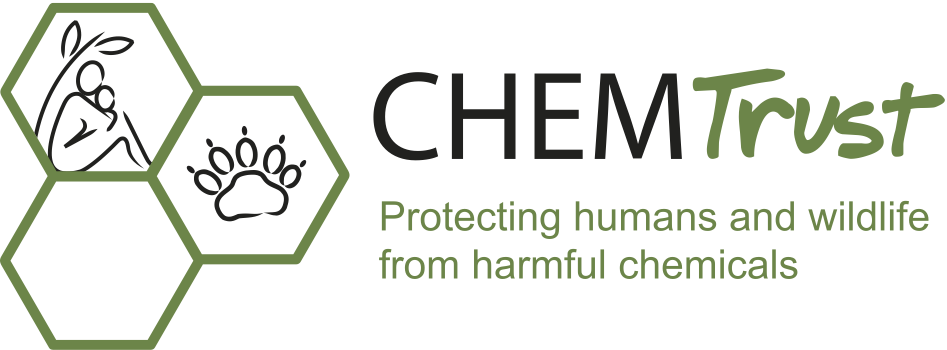


![]()
![]()
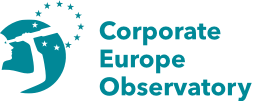


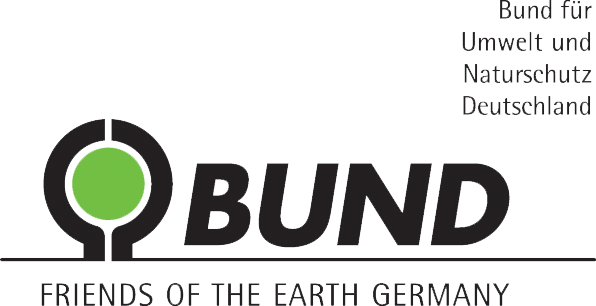



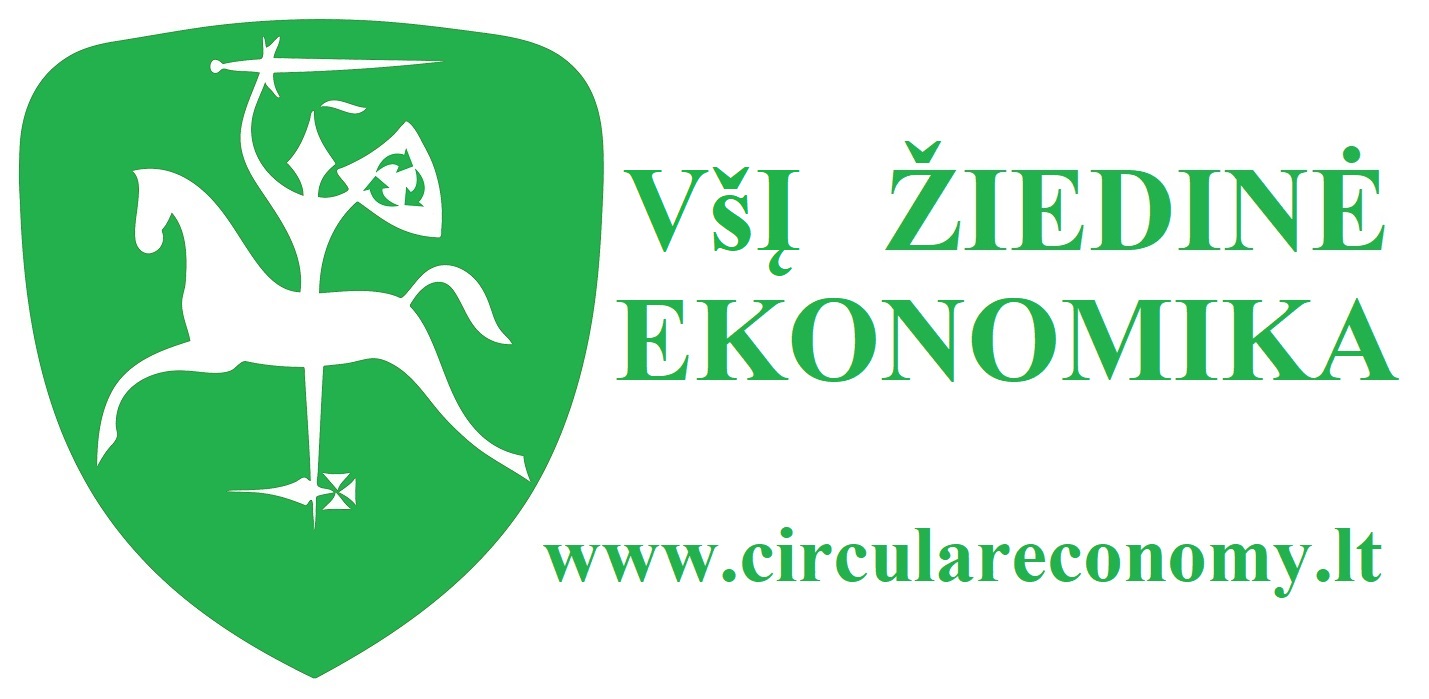
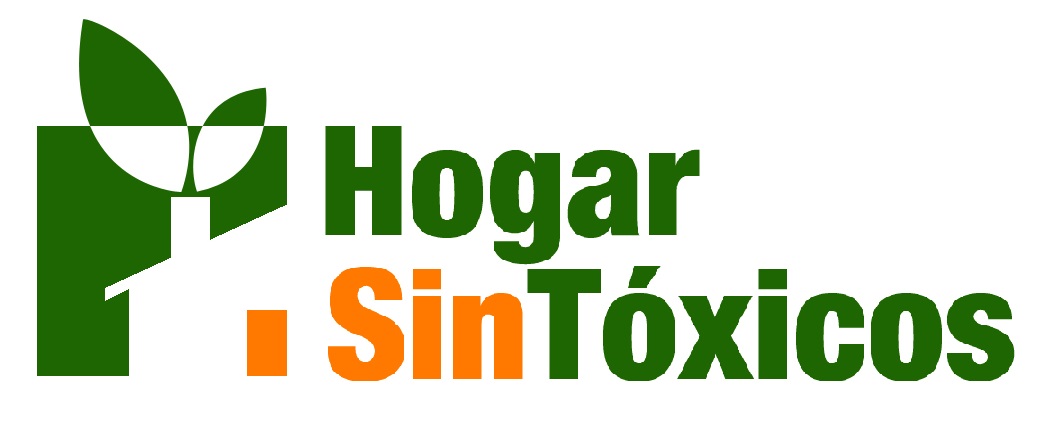
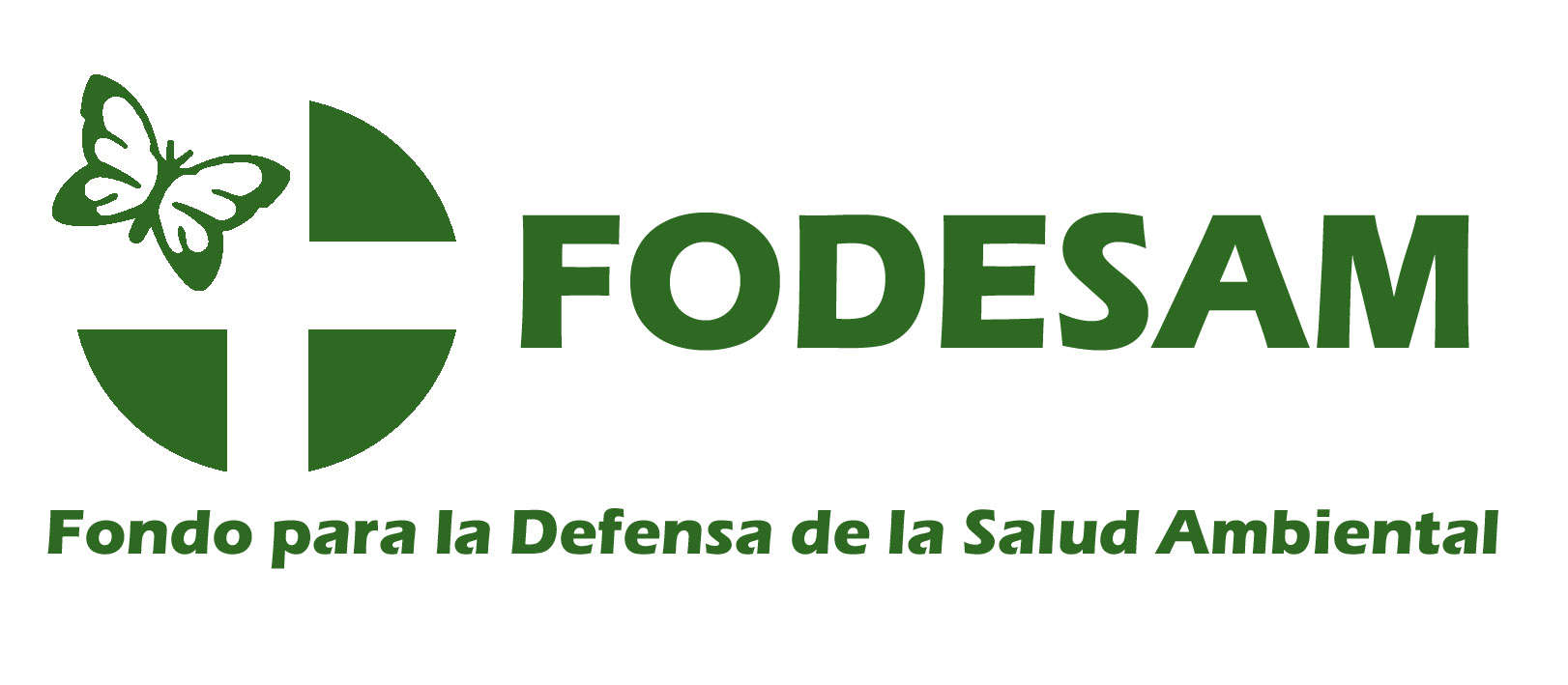


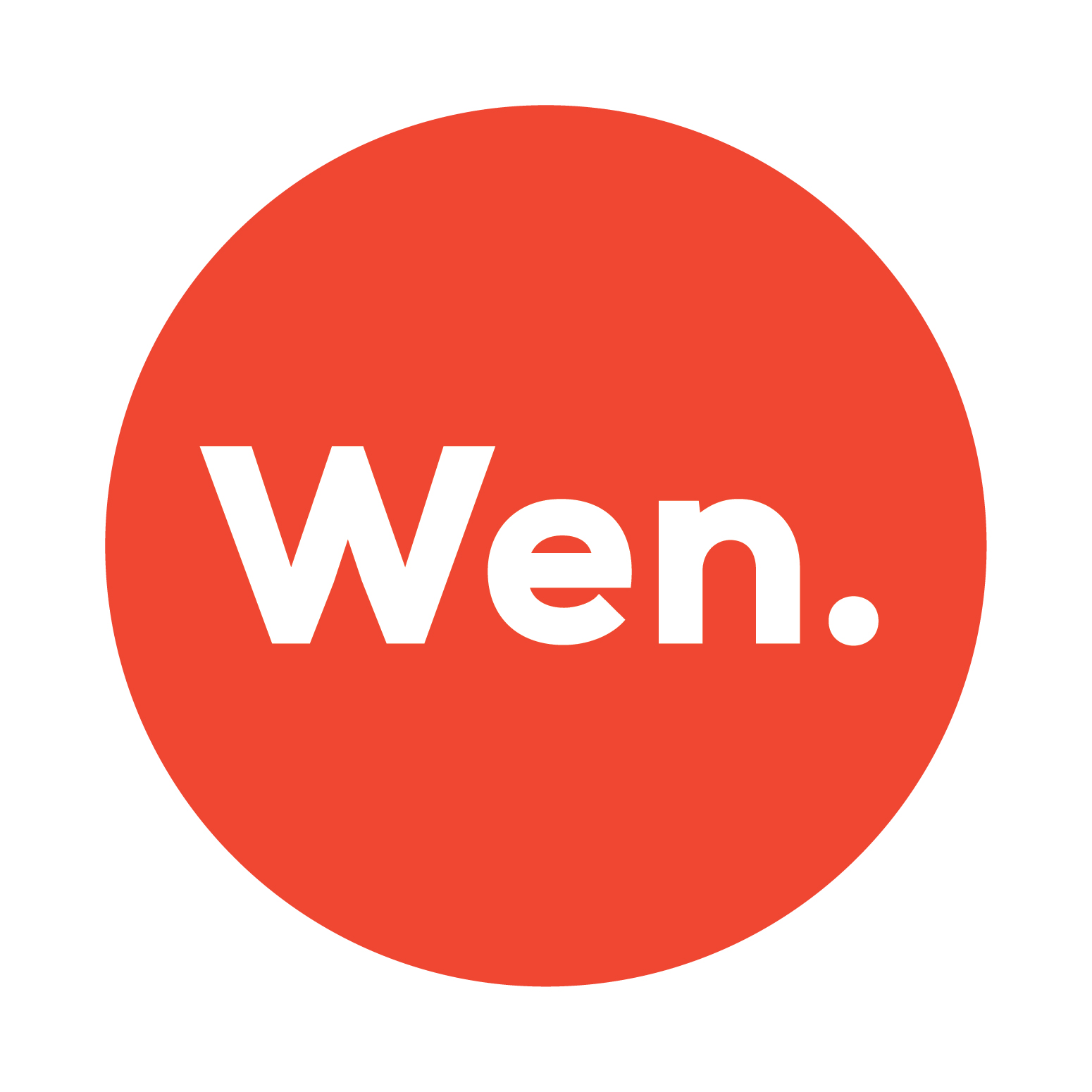

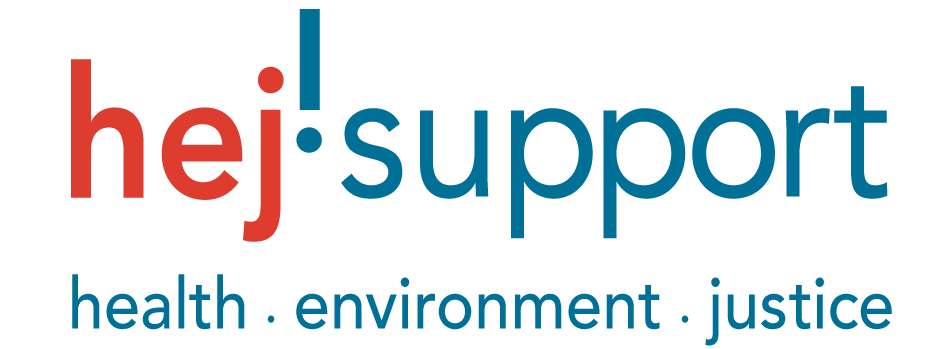

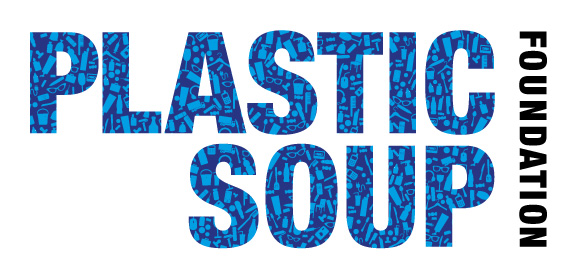
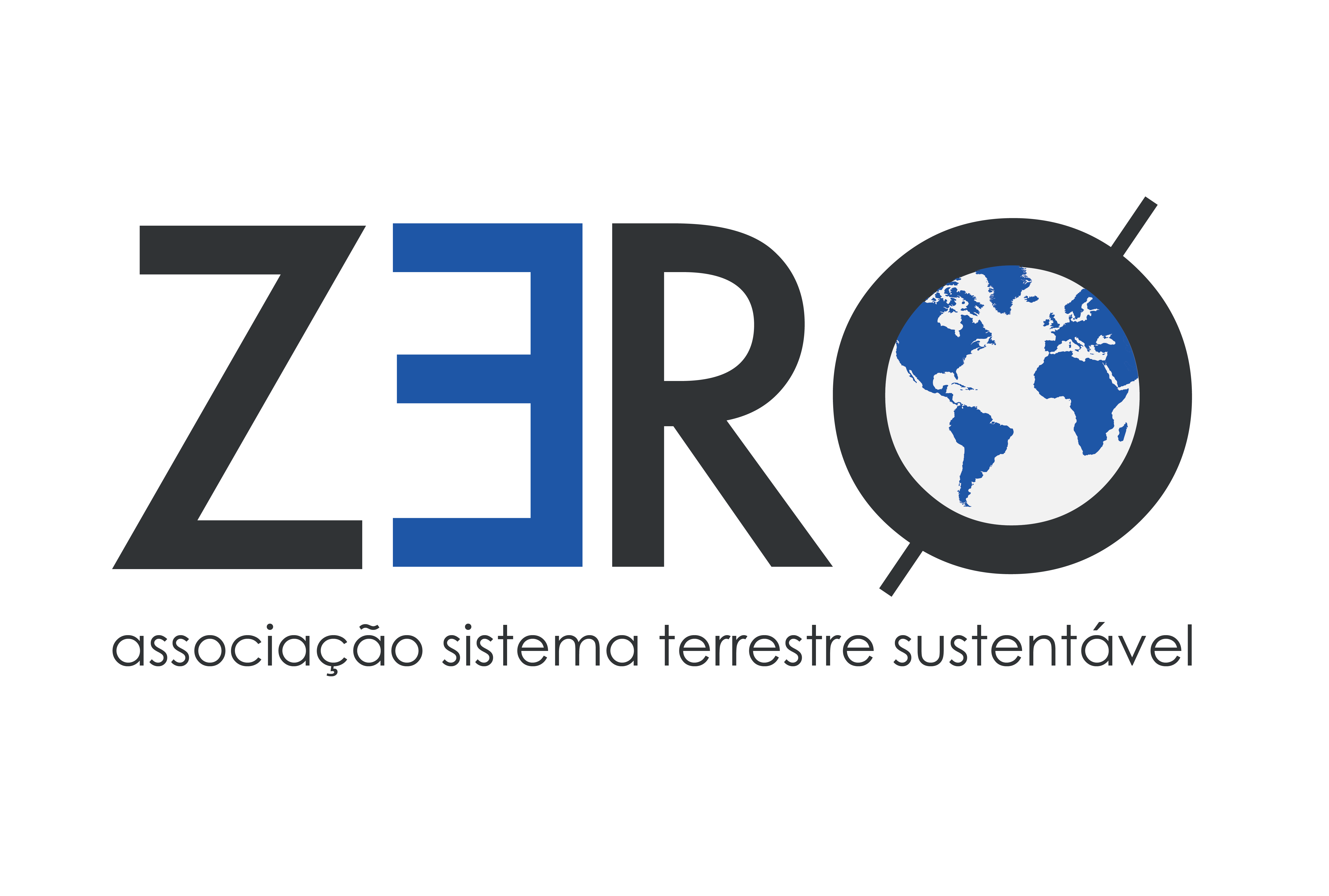
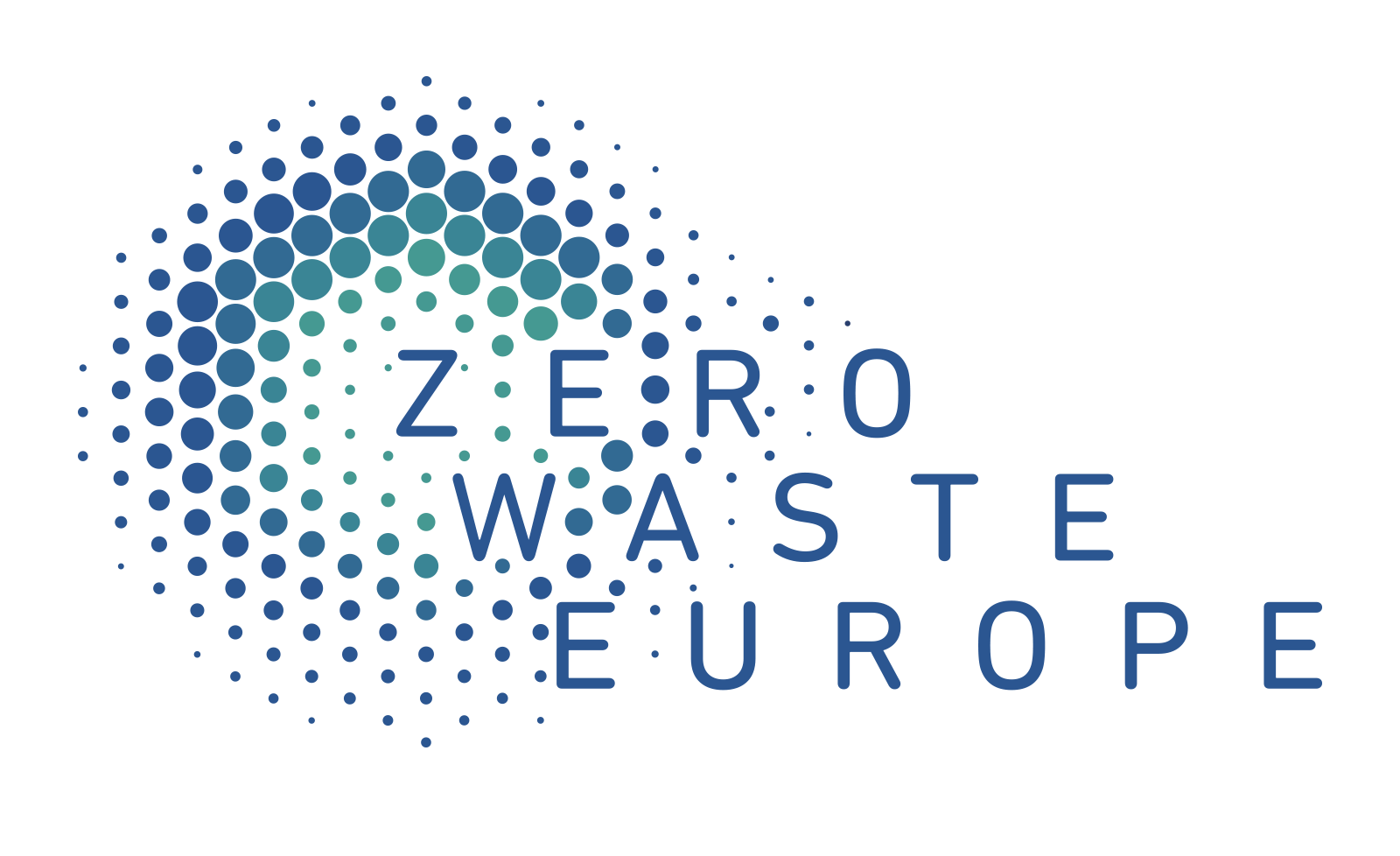


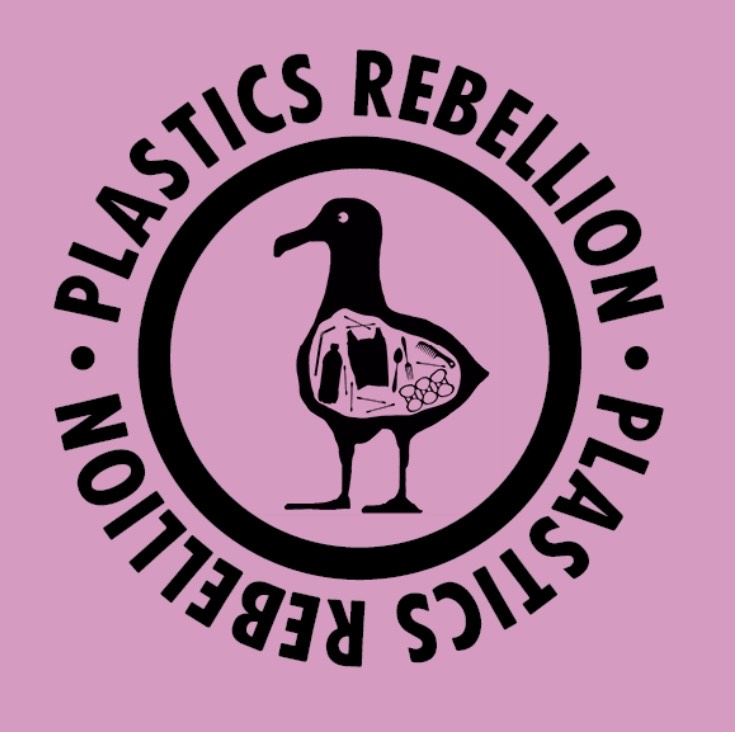


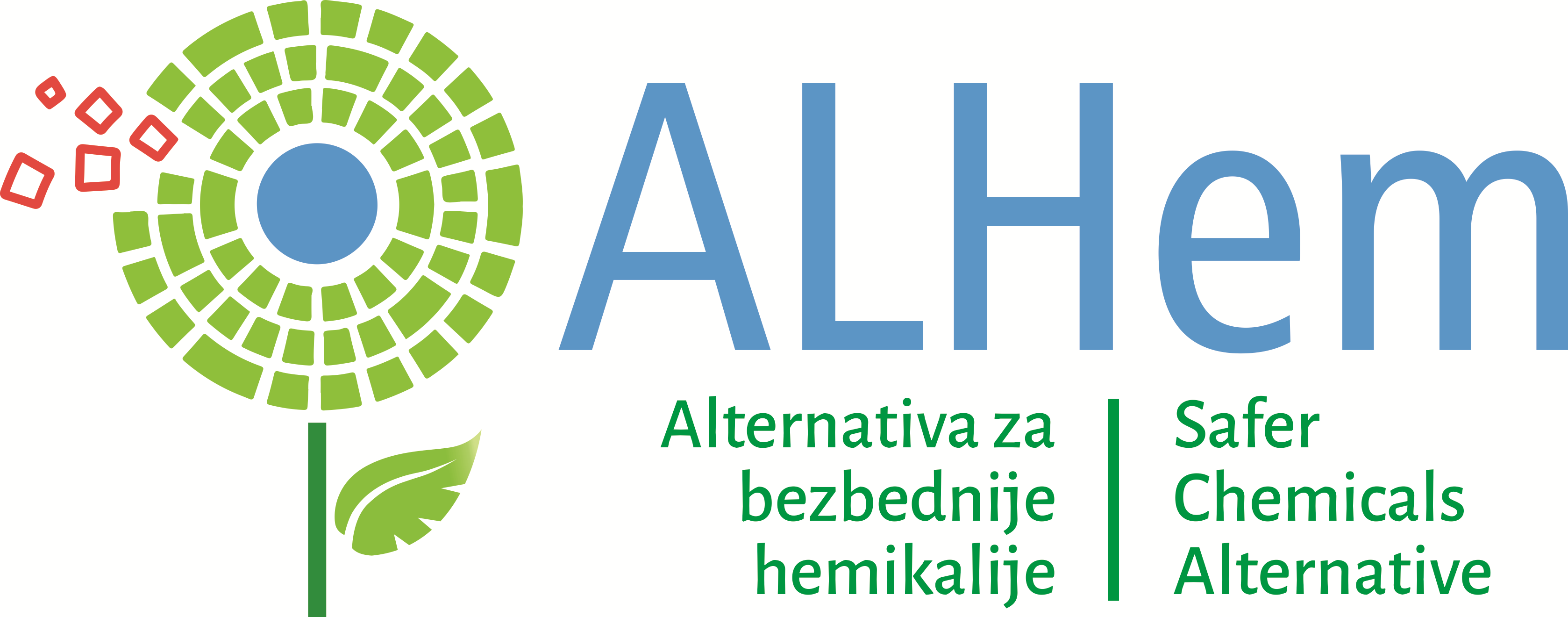

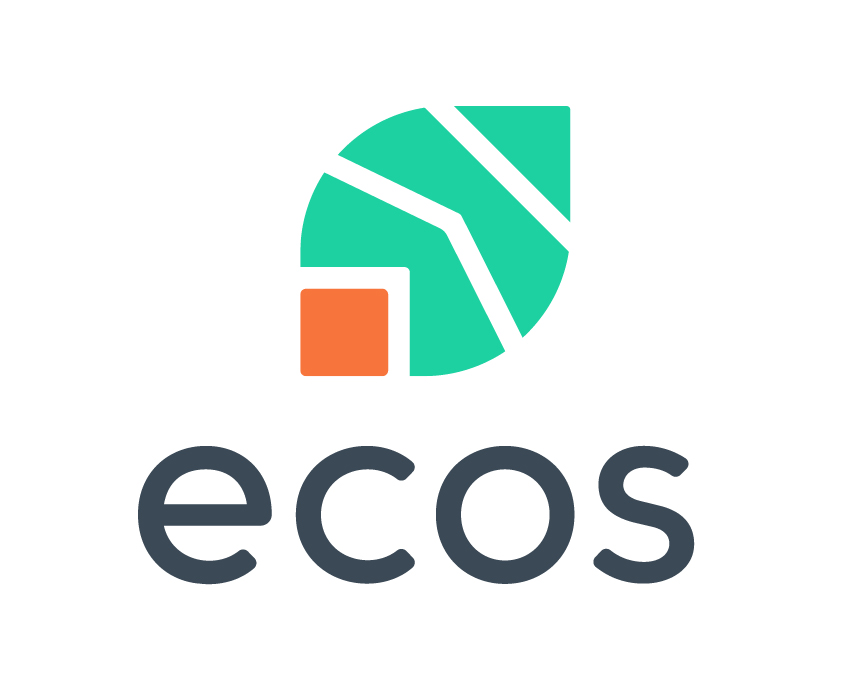

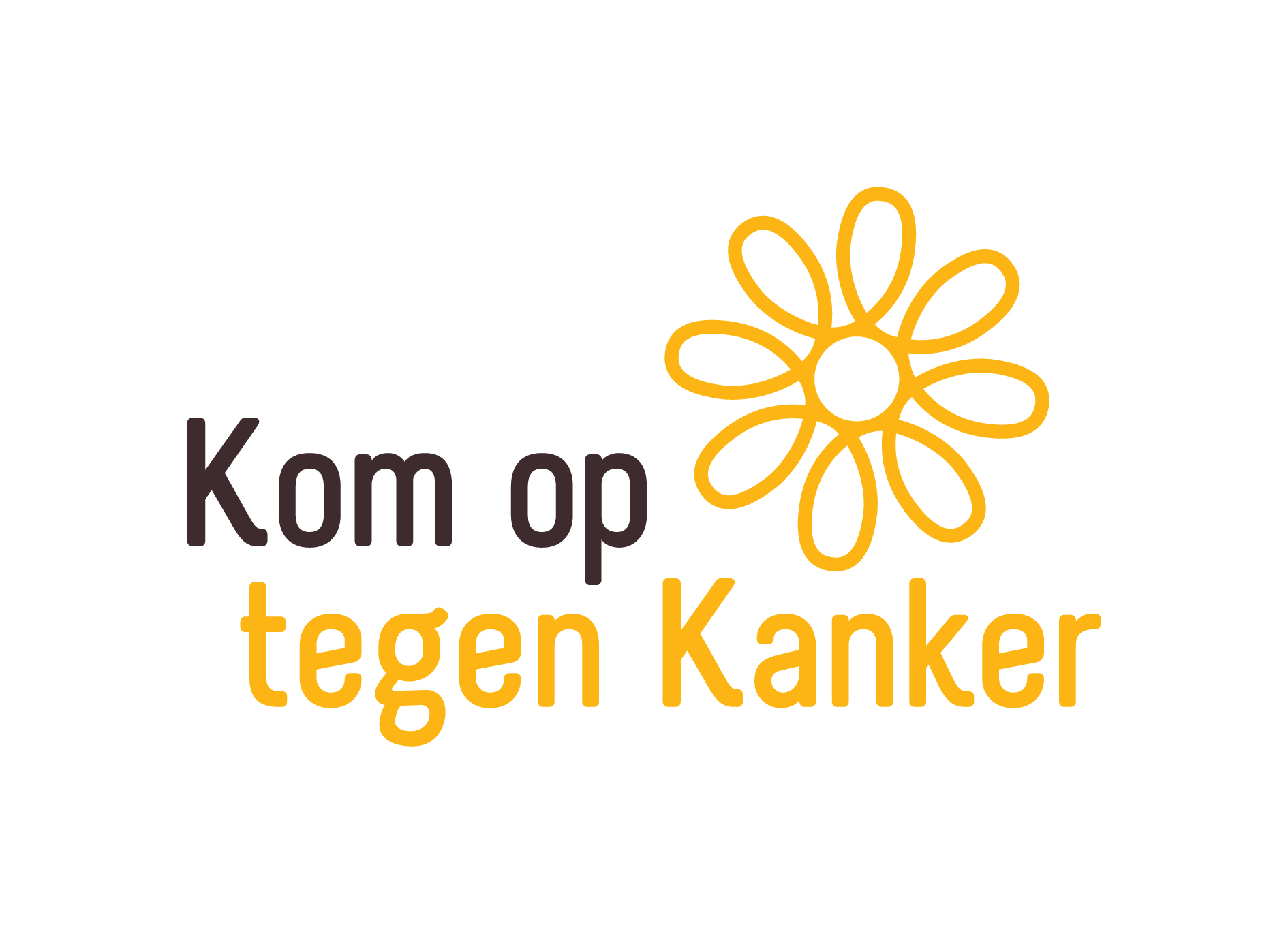





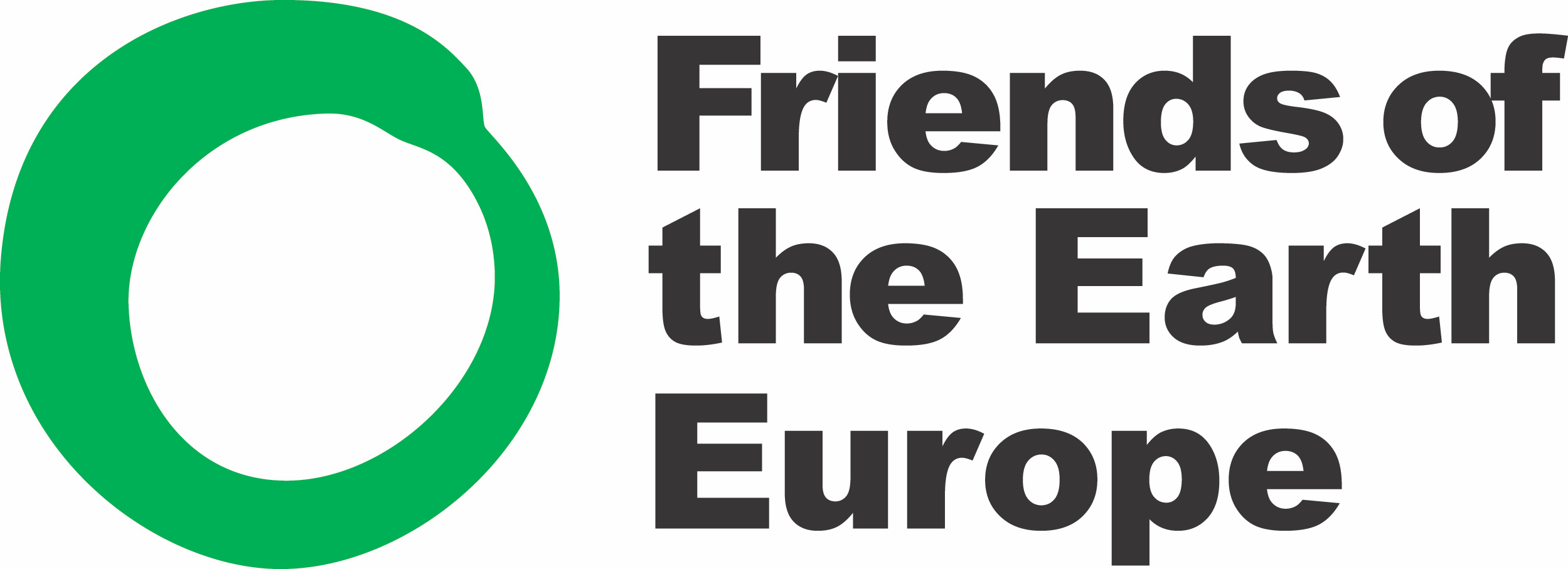




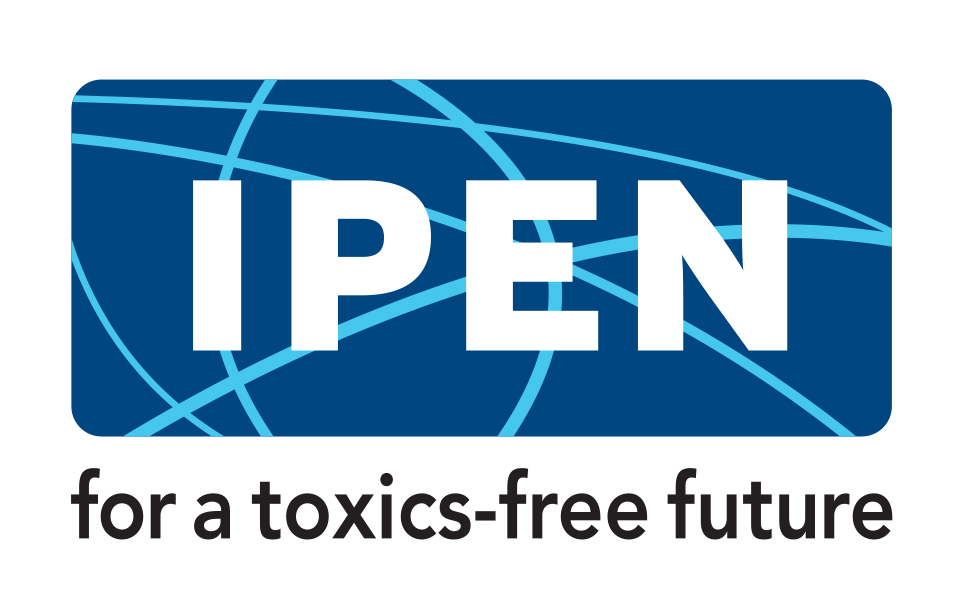



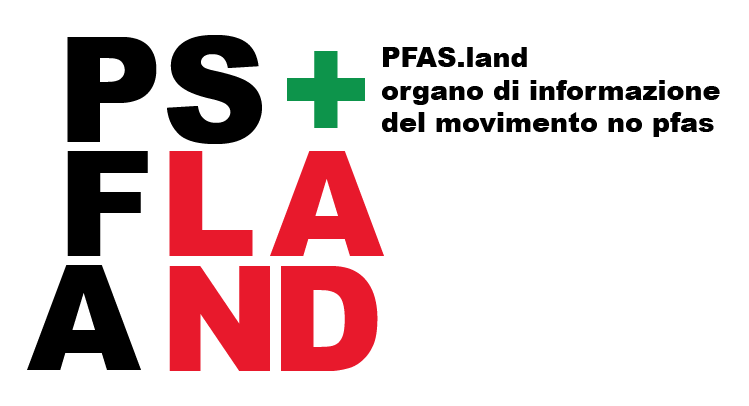



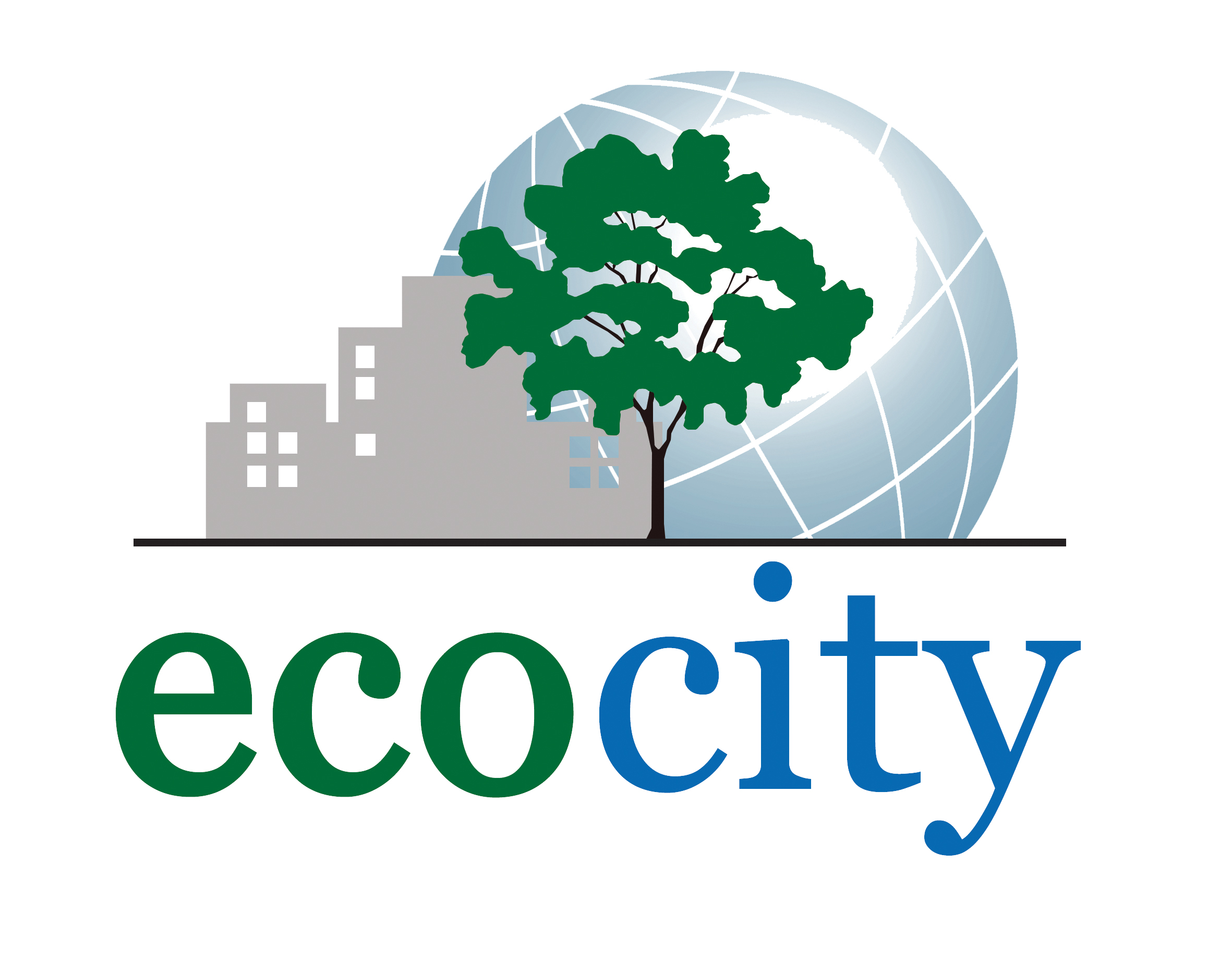
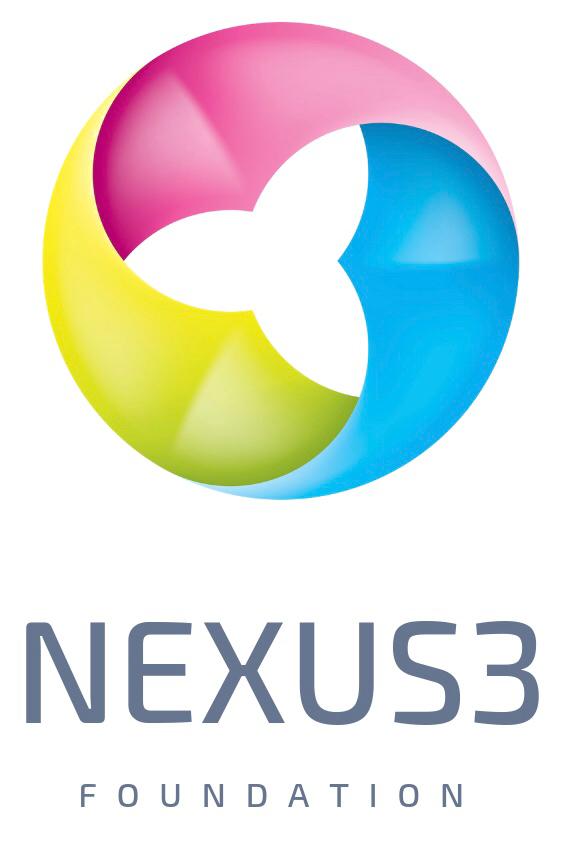
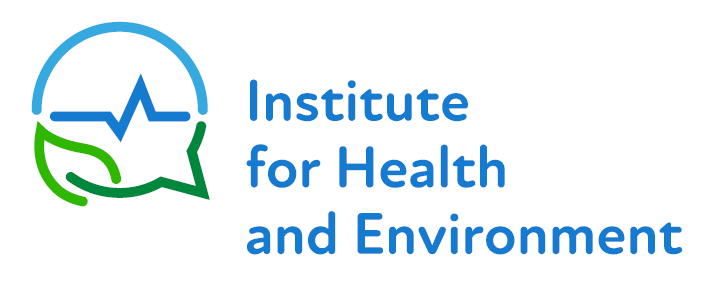



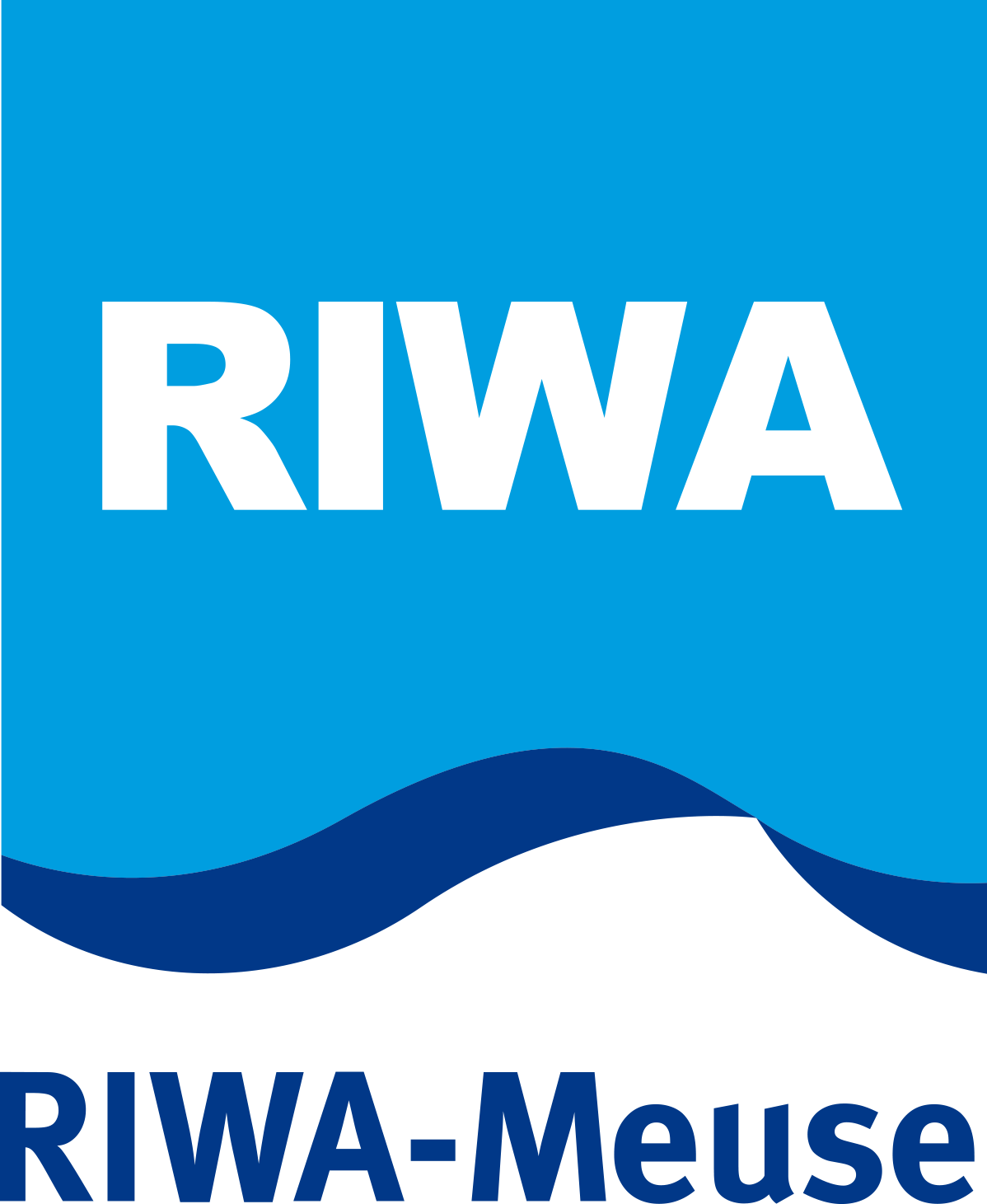


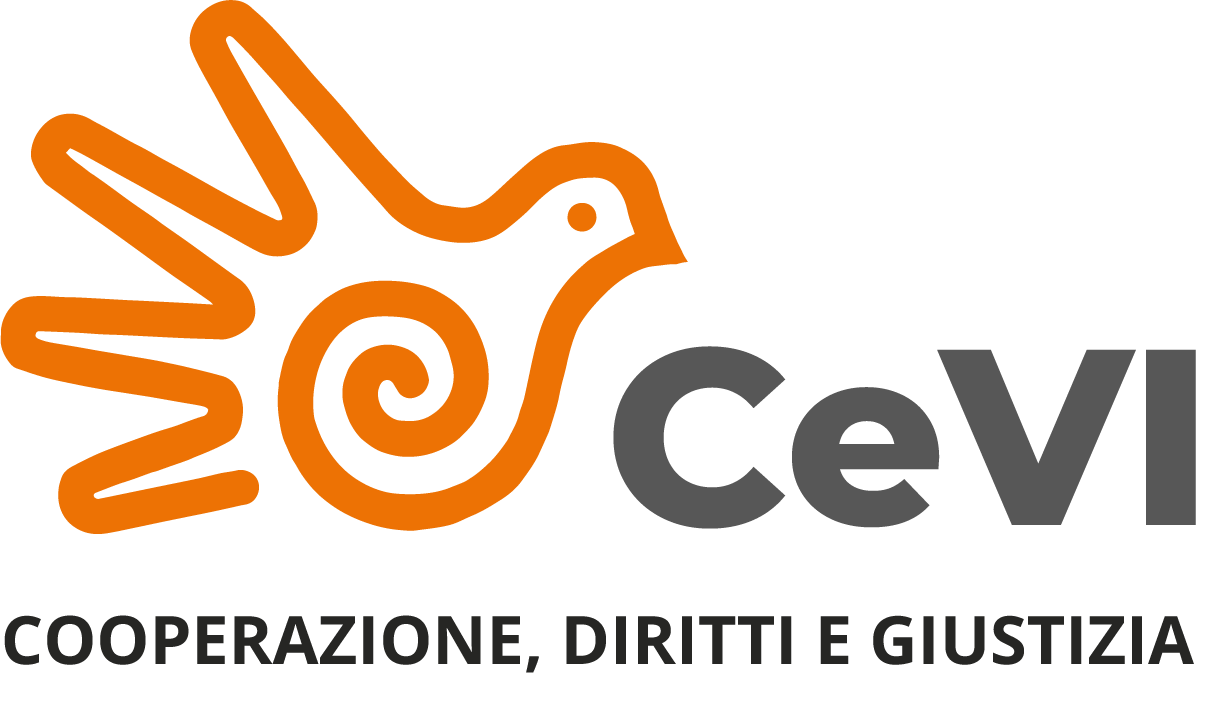

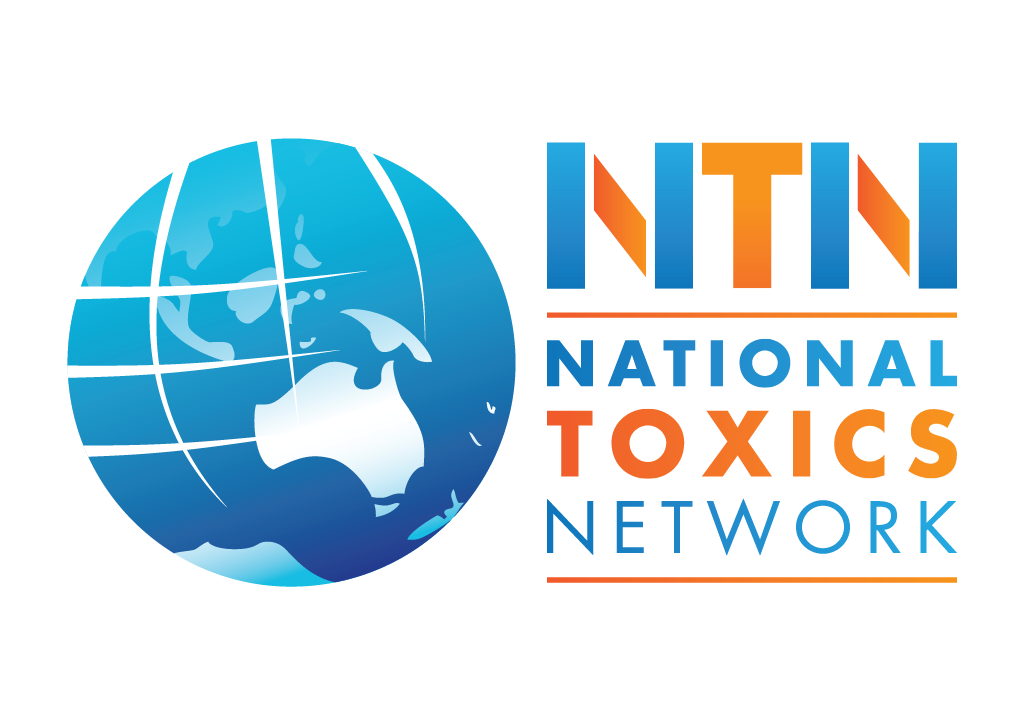

![]()


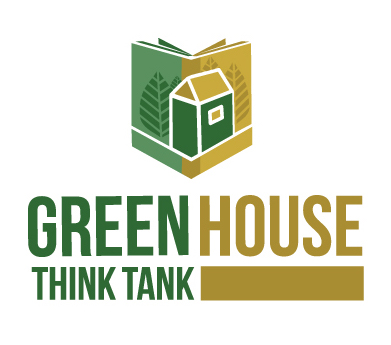
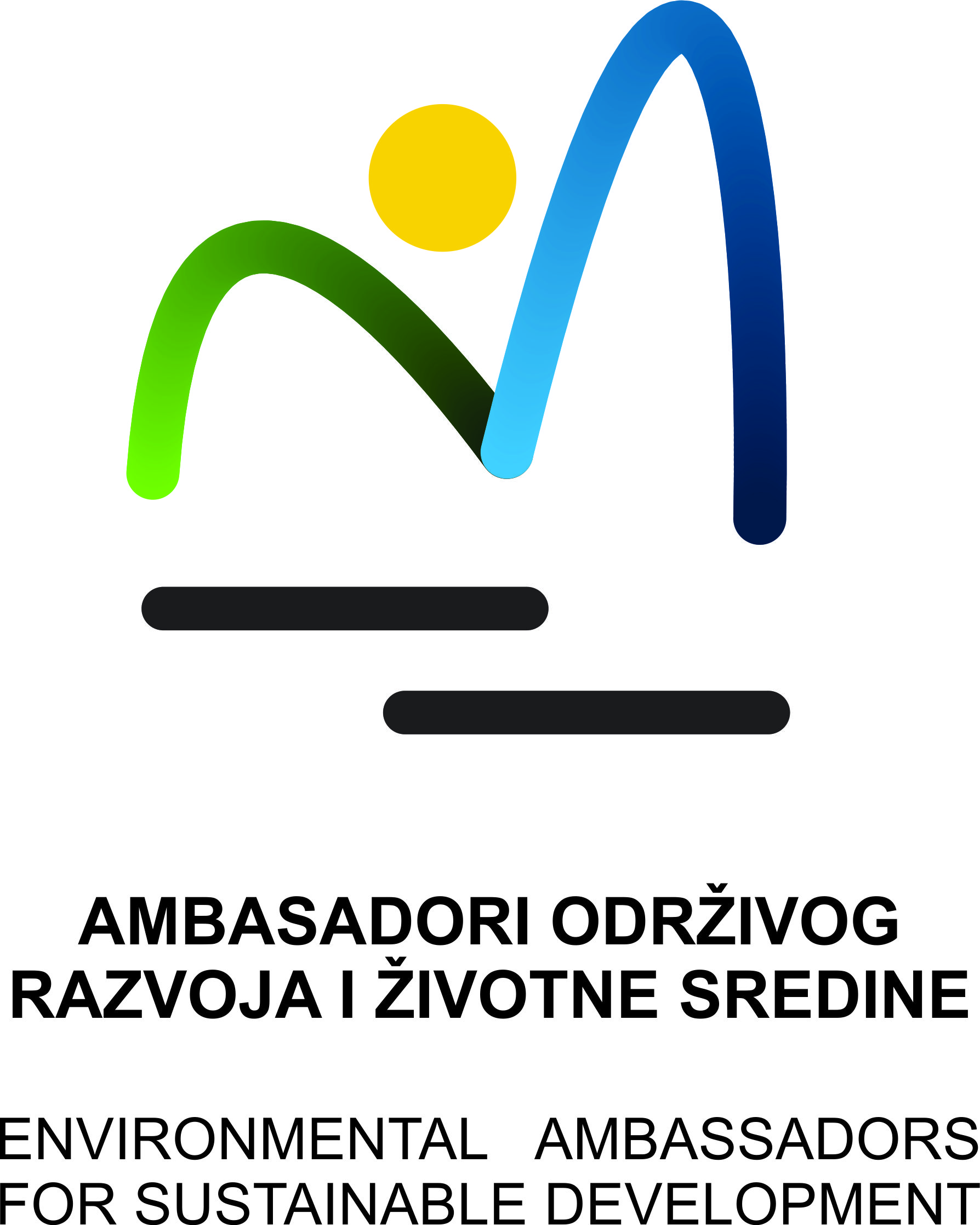


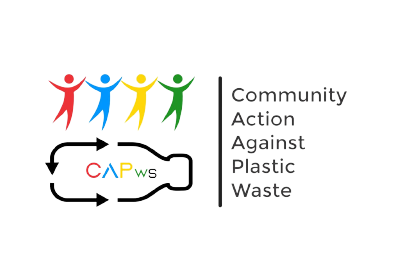




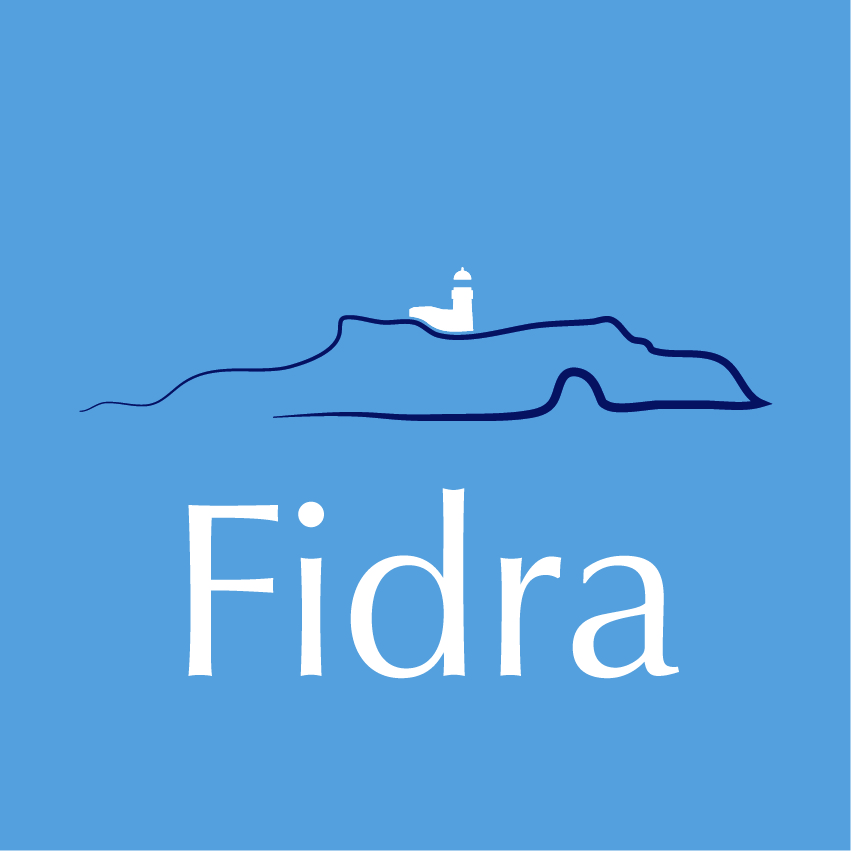
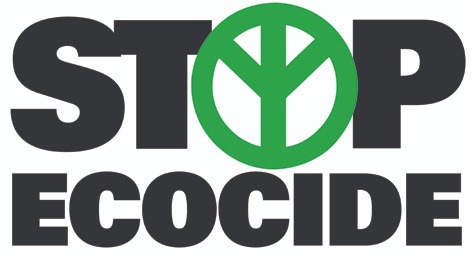

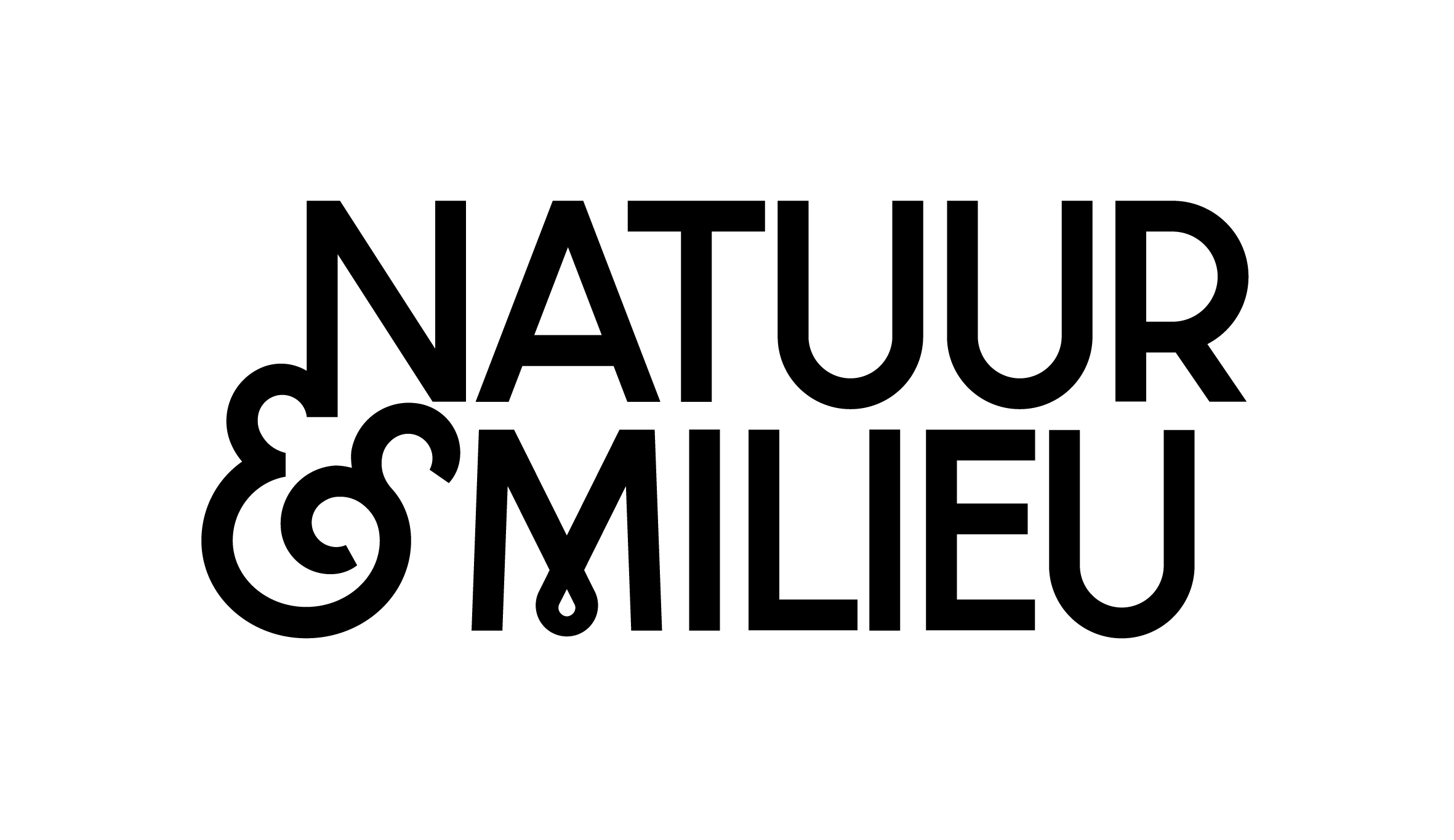
![]()
![]()


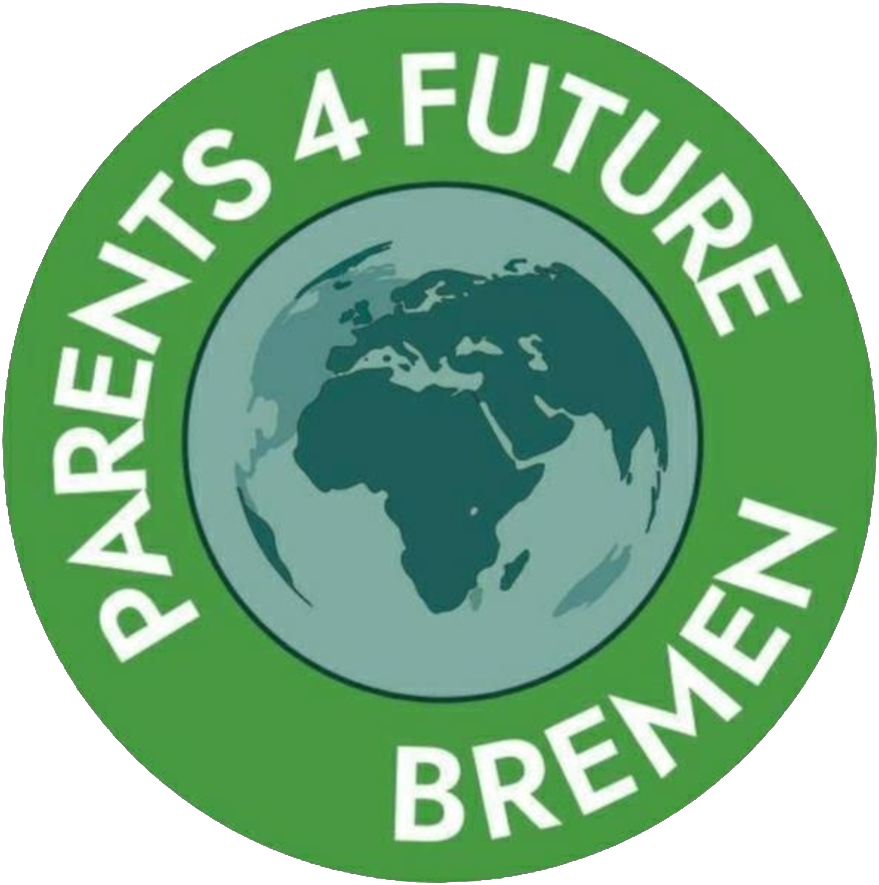

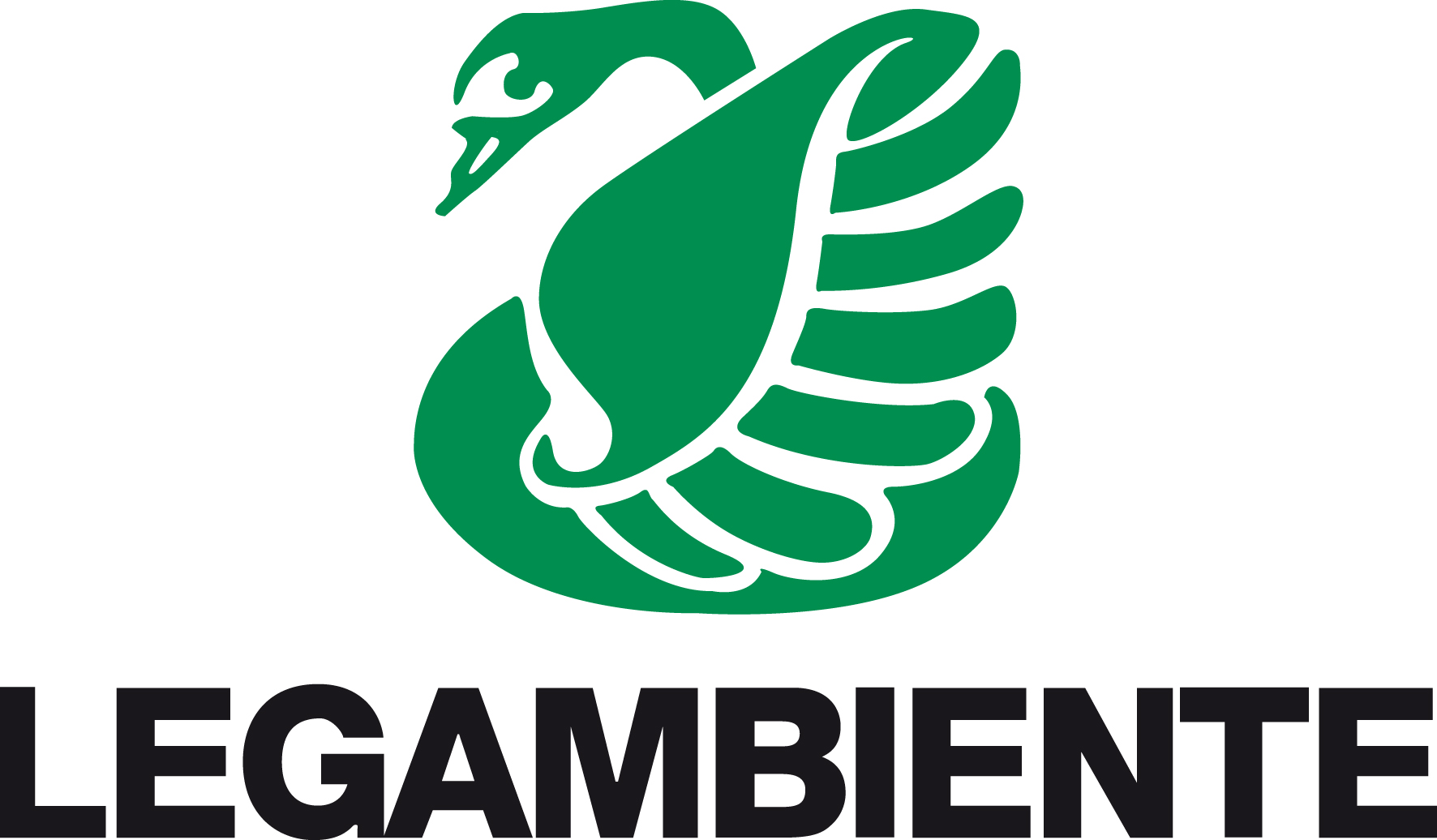

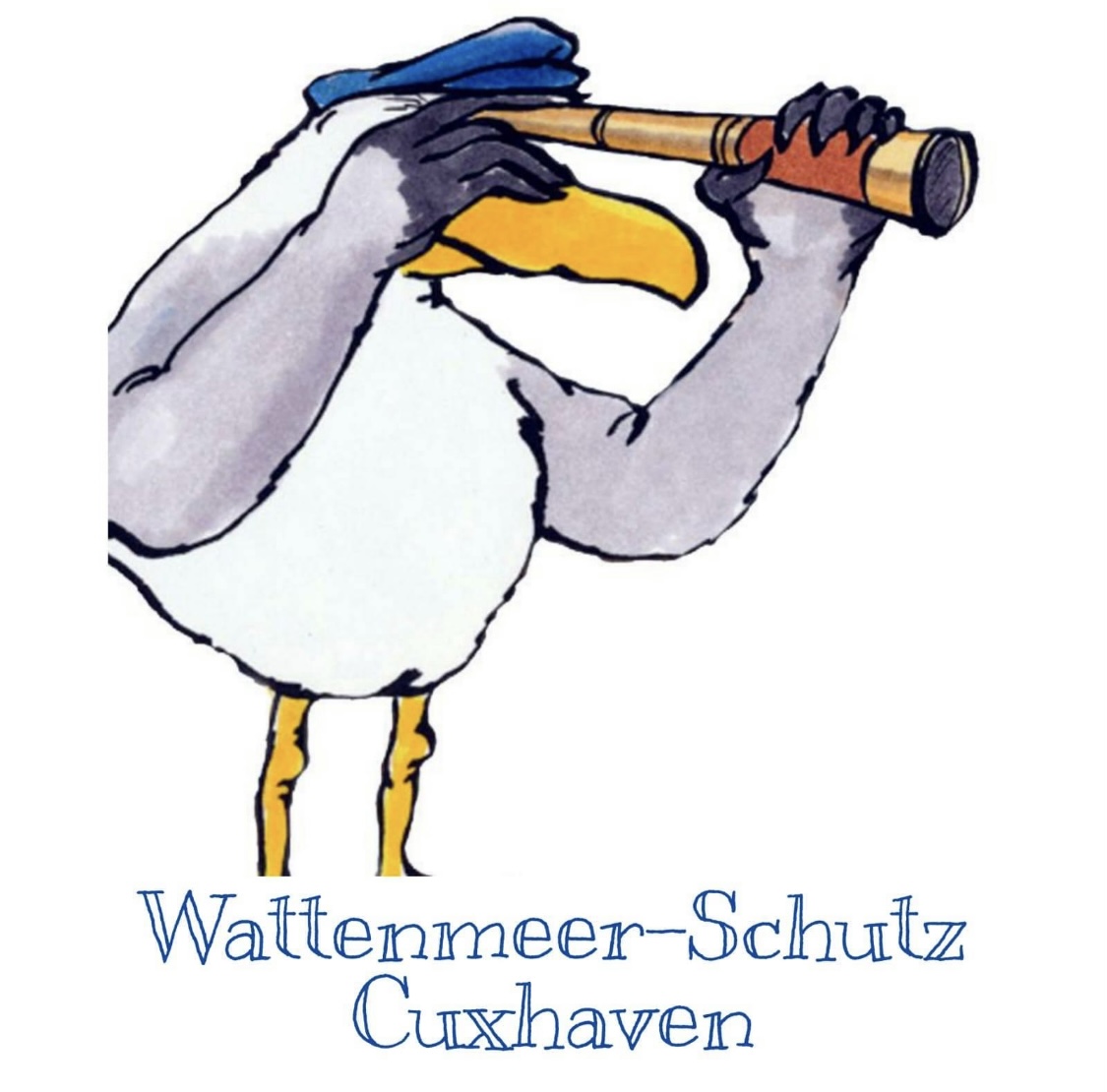






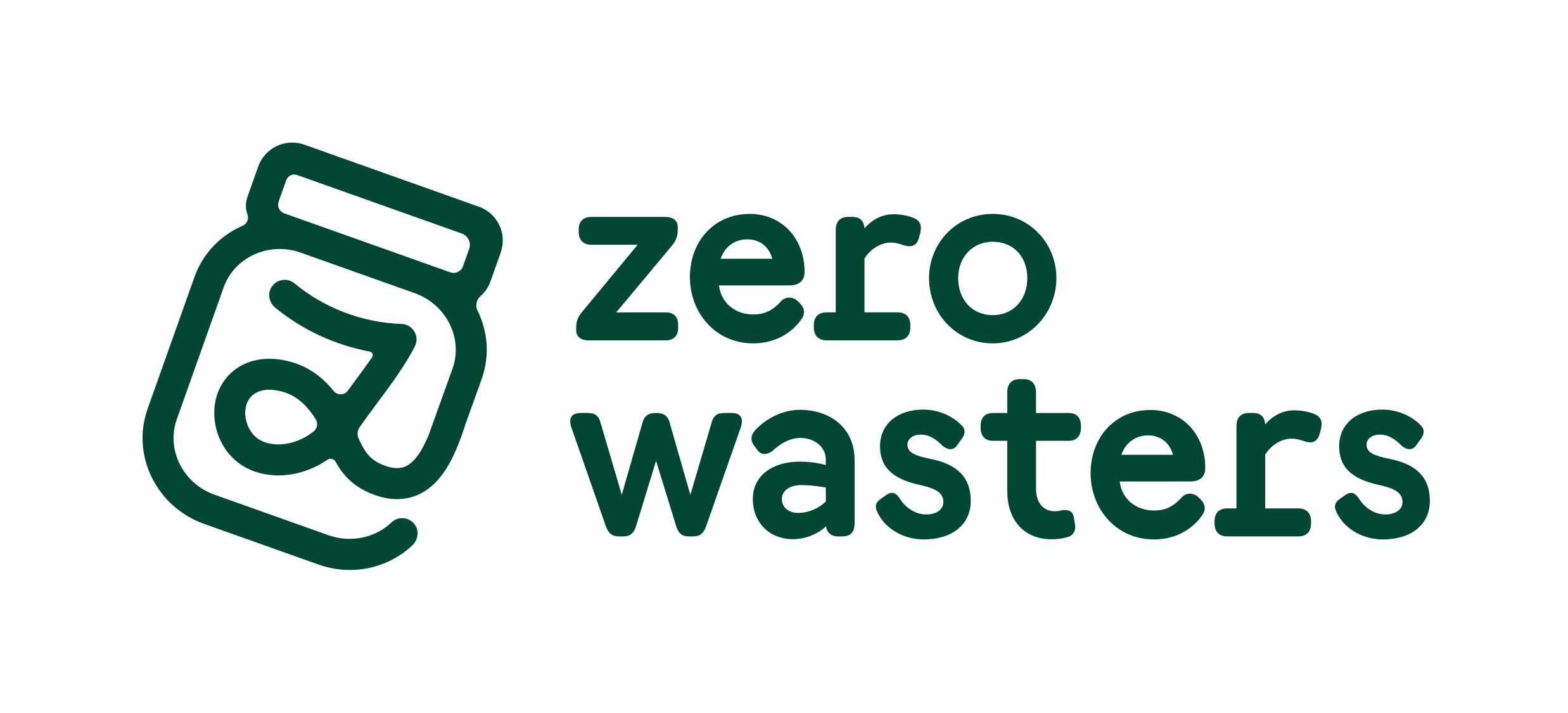

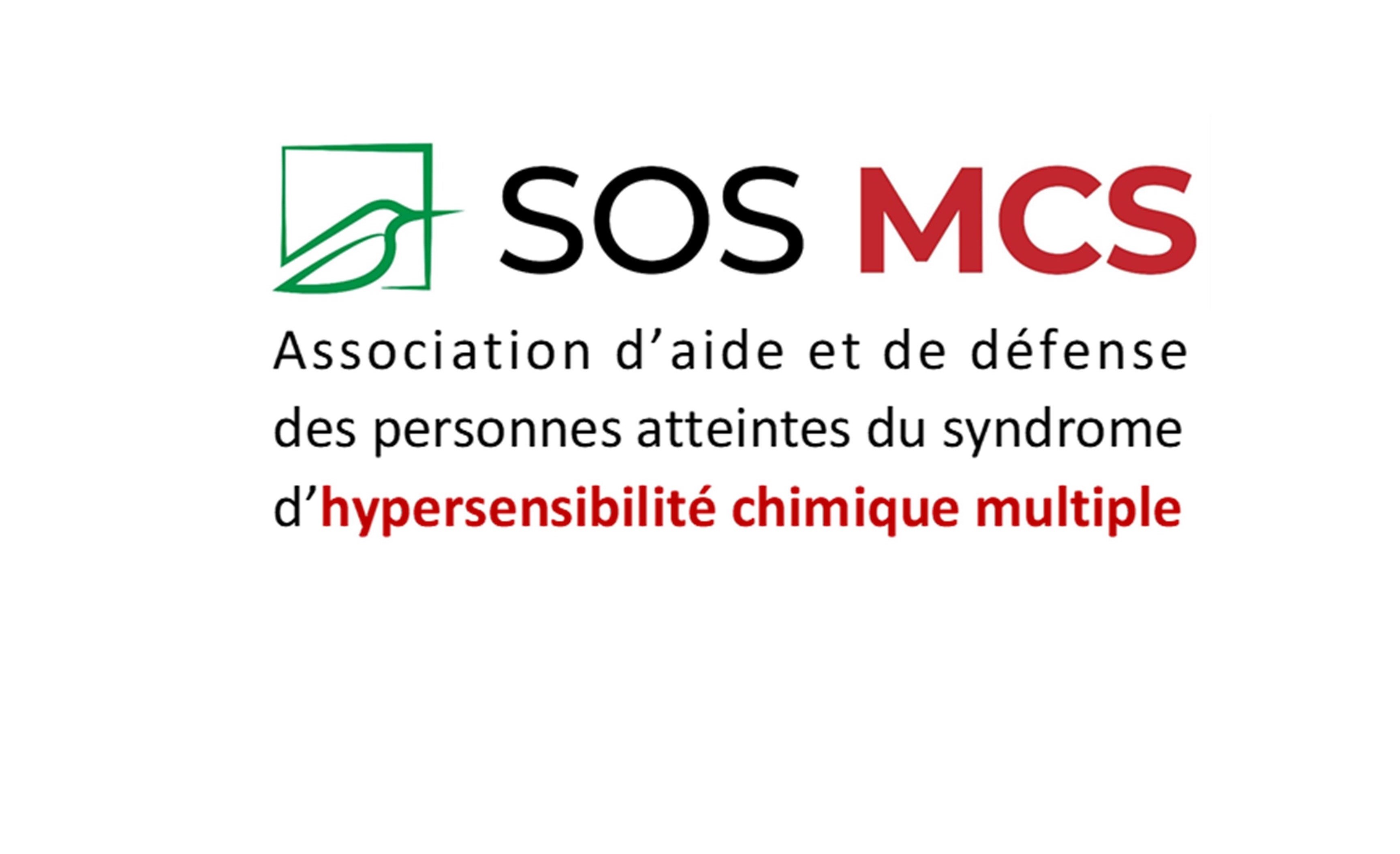
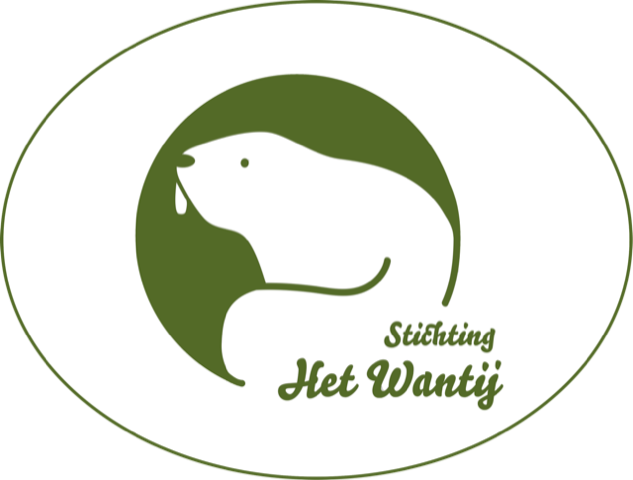
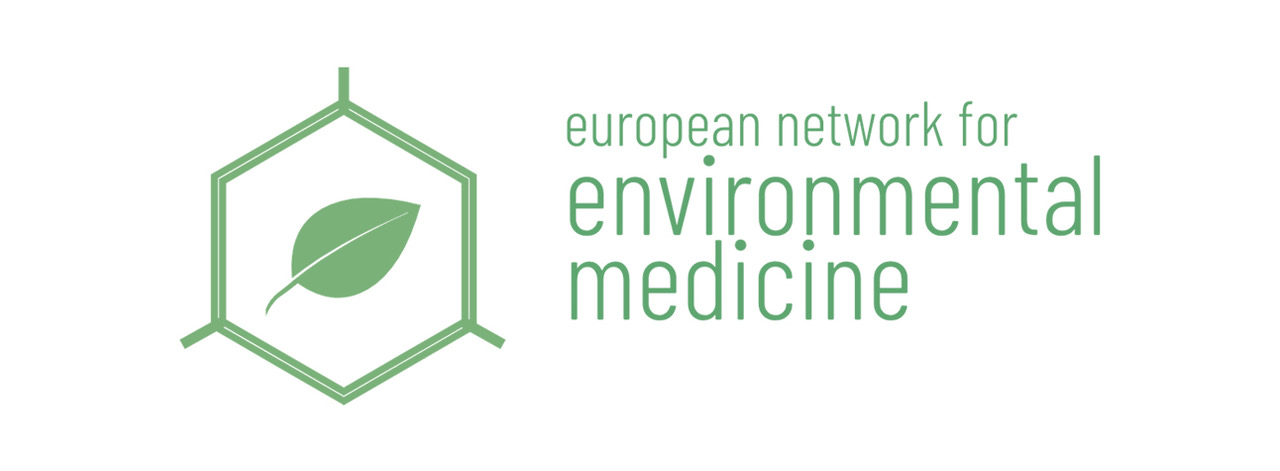


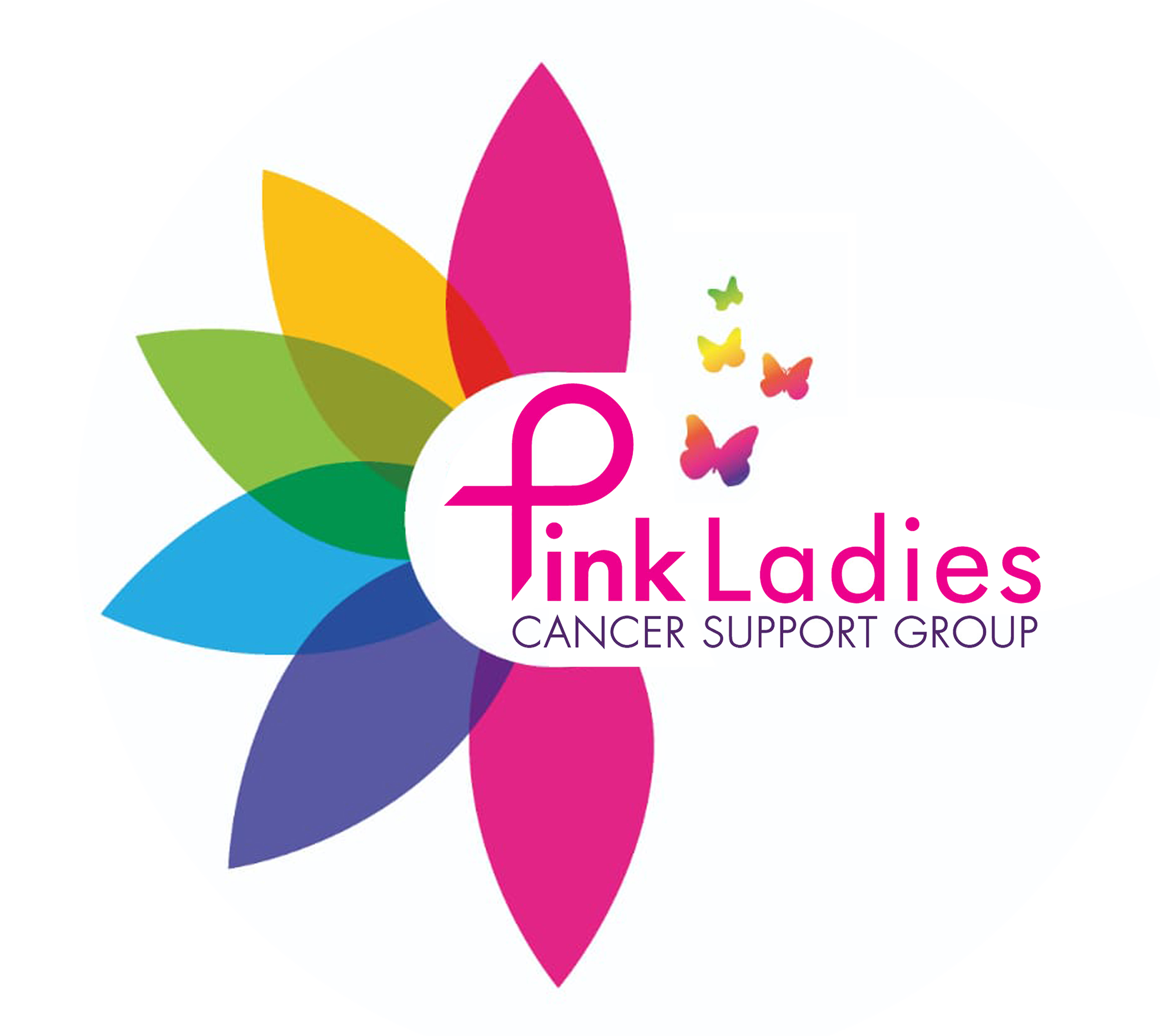




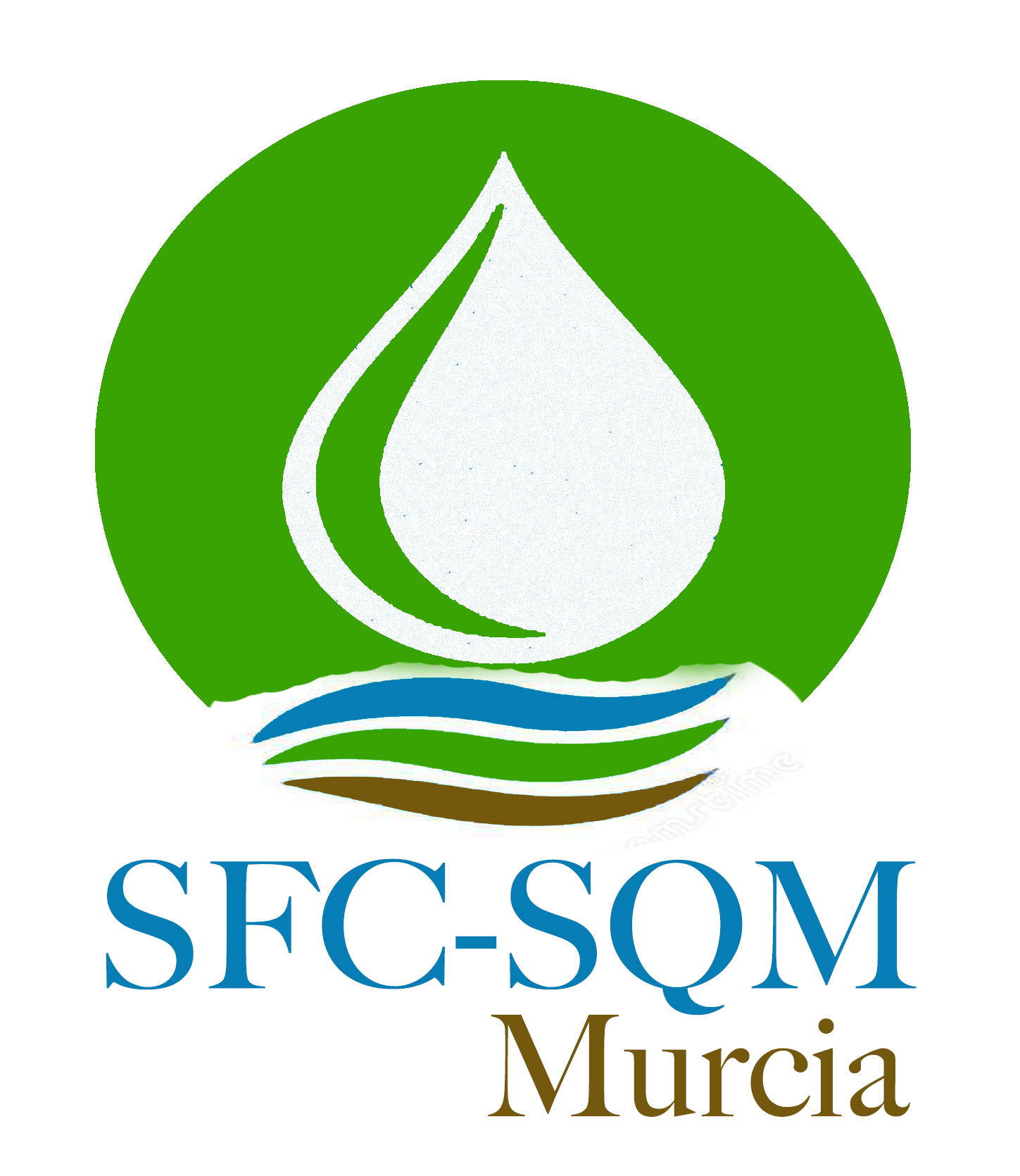






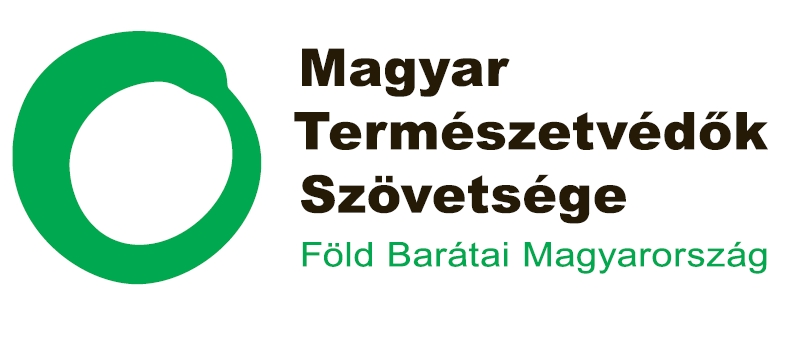

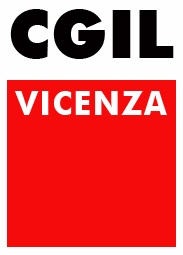

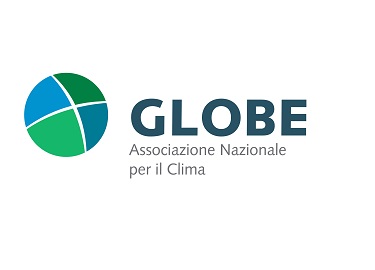
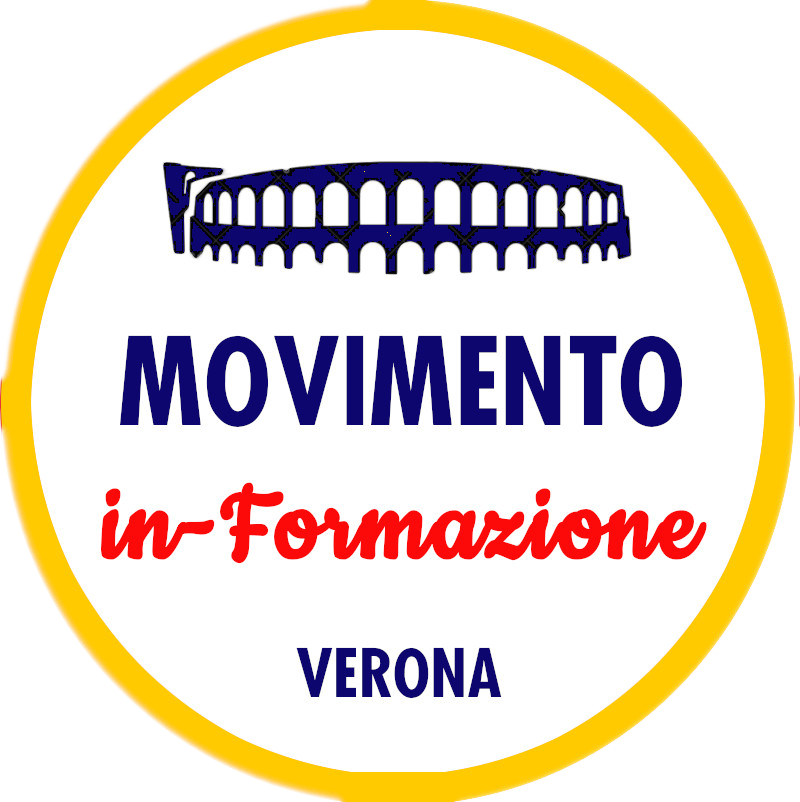


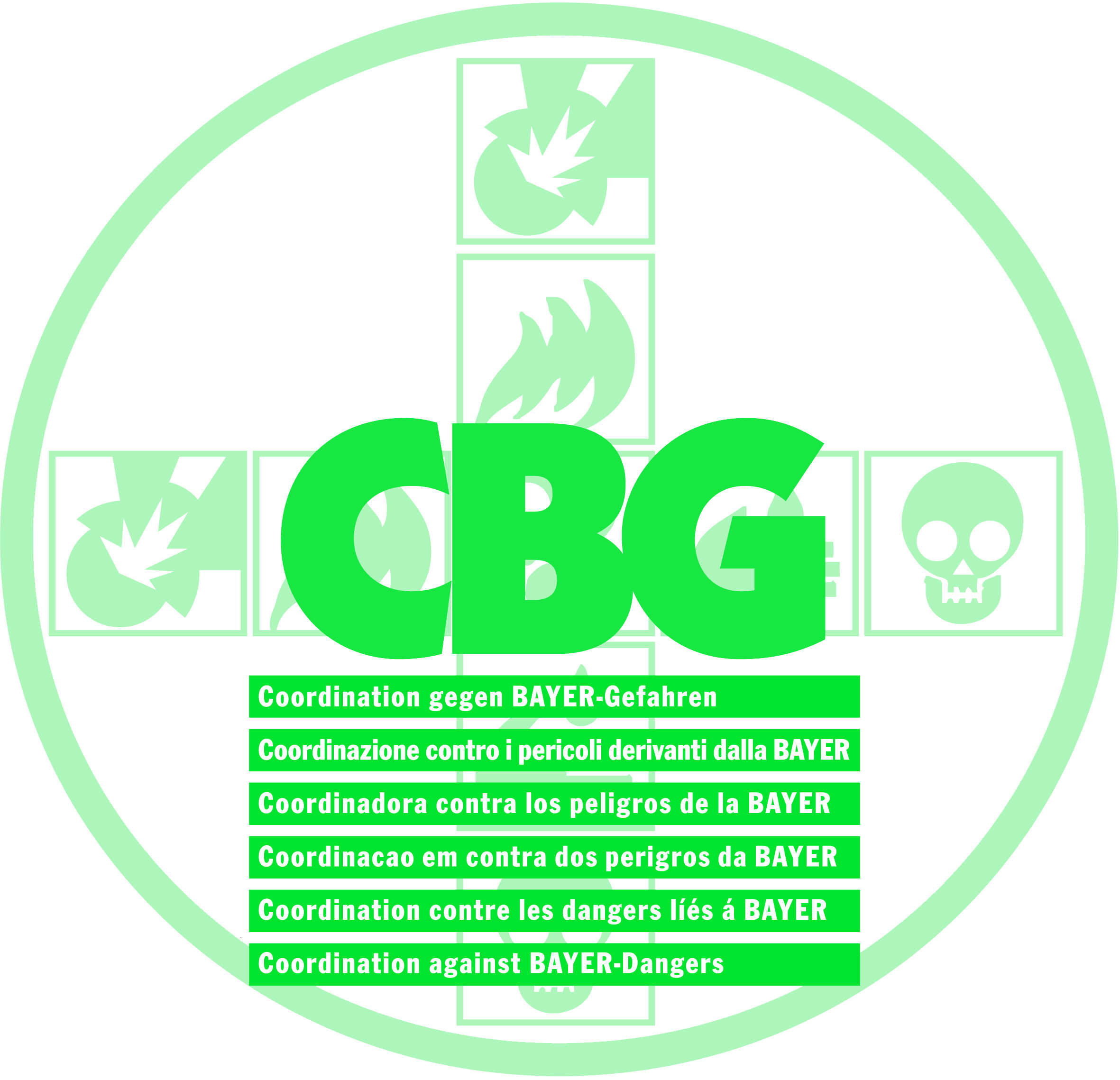
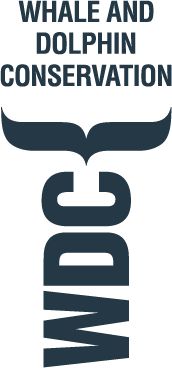






![]()
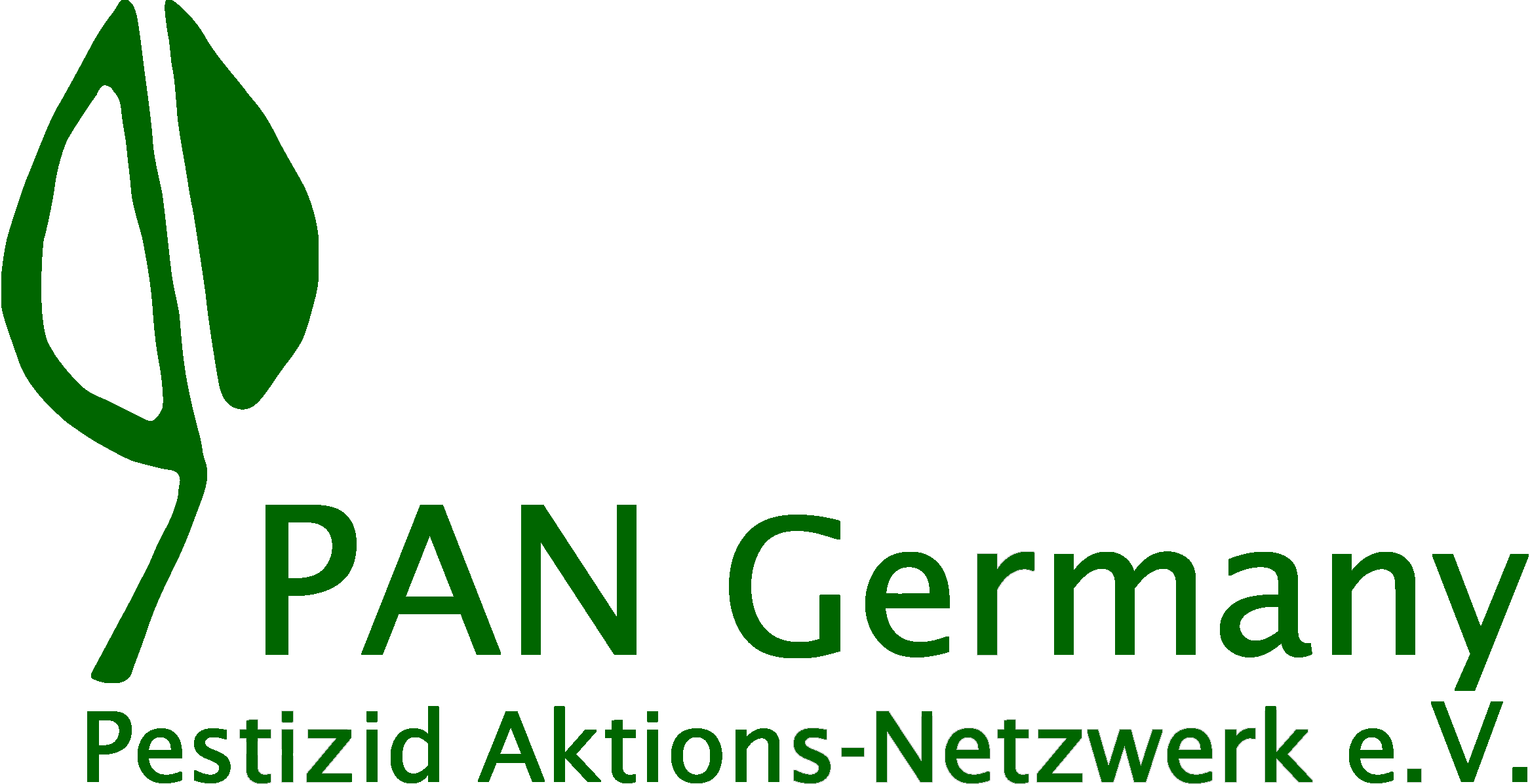


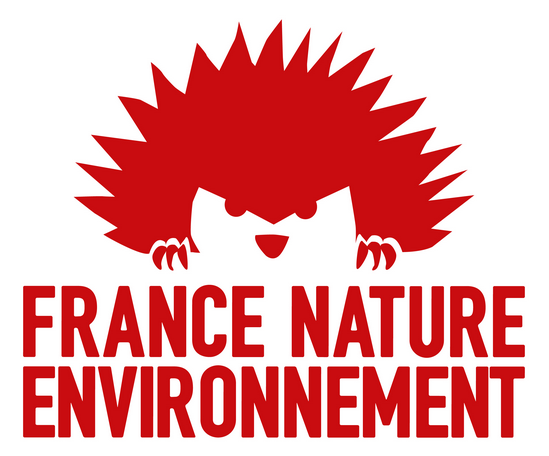
If your organisation would like to sign-on to this manifesto, please send an e-mail to
PFAS facts
1. Widespread PFAS-use has created an irreversible toxic legacy of global contamination
Although only created in the last century and in commercial use for nearly 80 years, the extreme persistence, mobility and widespread use of PFAS has resulted in global contamination of water, air, soils, wildlife and human populations.
- PFAS and their precursors are now found in rainwater and in most water bodies, accumulating in rivers, lakes, and the marine environment[7],[8].
- PFAS contaminate soils and crops, and bioaccumulate along food chains[9],[10].
- They contaminate air and dust, and reach even the most remote regions of the globe, from high altitudes to both poles[11],[12],[13] through long-range atmospheric transport.
- Scientists argue that the PFAS planetary boundary has been exceeded due to PFAS levels in the global environment being ubiquitously above guideline levels[14] .
With current analytical methodologies restricted to a minority of PFAS, and fewer still being actively monitored, our current understanding of environmental contamination represents only the tip of the iceberg[15]. Continuing to condone this widespread degradation of natural resources risks resulting in devastating consequences for future generations.
2. PFAS pollution is already affecting communities across Europe and beyond
PFAS pollution is affecting communities across Europe and beyond right now. In Europe alone, it is estimated that about 100,000 sites are potentially emitting PFAS[16]. Hotspots of contamination are found near chemical plants producing and/or using PFAS, around airports and military bases where PFAS-containing firefighting foams are or have been used, and in areas where PFAS-contaminated sludge are or have been spread on agricultural lands[16]. In total, it is estimated that 12.5 million Europeans are living in communities with drinking water polluted with PFAS[16]. For example:
- Belgium: In the areas of Antwerp and Zwijndrecht, half a million people are exposed to high levels of PFOS pollution related to the activities of the company 3M[17]. Excessive PFOS levels were found in the blood of local residents, and eggs hatched within a 15-kilometre radius of the PFAS-producing factory were found to pose health risks. The pollution has crossed the border and spread to the Netherlands, where the government warns against eating fish from the West Scheldt[18].
- France: According to recent reports, the drinking water of over 200,000 people in the outskirts of Lyon (in the “Chemicals Valley”) have PFAS levels above the EU regulatory threshold. These levels might be due to the industrial emissions of two factories using PFAS - Daikin and Arkema[19]. The contamination also concerns air, soil and the water of the Rhône river.
- Germany: Several hotspots of PFAS pollution have been identified, with soil, groundwater and drinking water contaminations[20]. One example is the City of Düsseldorf of >600,000 inhabitants where massive areas of groundwater are polluted with PFAS. The pollution is due largely to the use of PFAS-containing firefighting foams. Costs for soil remediation around Düsseldorf Airport are estimated at up to EUR 100 million[16].
- Italy: In the Veneto region, up to 350,000 people were exposed unknowingly to PFAS-contaminated drinking water for decades due to emissions from the Miteni factory operating since 1964[16] (closed in 2018). Blood tests of residents revealed levels of PFAS exceeding national recommendations. After the contamination was discovered in 2013, activated carbon filters were installed in drinking water treatment plants, costing EUR 2 million to the region’s government and taxpayers. The cost for the maintenance of the filtration system is estimated at ~ EUR 1 million per year[16].
- The Netherlands: In Dordrecht, where Chemours’ largest production site in Europe is located, PFOA was produced until 2012, before being replaced with GenX, another PFAS based technology. In 2018, it was estimated that 750,000 people living in cities close to the Dordrecht plants were exposed to high levels of PFOA[16]. Chemours has been required to reduce its GenX emissions and the company announced it would invest EUR 75 million in reducing emissions[16]. This is however, only a small fraction of the cost to clean up the legacy pollution burden.
The remediation of PFAS-contaminated sites is extraordinarily expensive and time consuming. For all 31 EEA Member Countries and Switzerland as of 2019, the cost of environmental remediation has been estimated between EUR 821 million to EUR 170 billion, with a best estimate in the order of EUR 10–20 billion[16]. PFAS pollution creates a huge financial burden on society and a threat to the environment and the health of generations to come.
3. PFAS are accumulating in our bodies and those of our children
Many of the PFAS already studied have been shown to be toxic to humans; with some of them accumulating and persisting in our bodies. People across Europe are exposed to these ‘forever chemicals’ through food, water and consumer products as well as materials in our homes and workplaces. PFAS concentrations build-up in human body fluids and have been found in blood, urine, placenta, the umbilical cord and breastmilk[21],[22]. Today, children are born pre-polluted with PFAS[23],[24], putting the health prospects of future generations at risk.
Human biomonitoring studies provide clear evidence that PFAS are also accumulating in the blood serum of populations worldwide, with exposure linked to occupational risk and age cohort[10]. Diet is recognised as the major source of PFAS exposure for most of the EU population, in particular fish, fruits, meat and eggs[10]. Intake in children is almost double than that of adults[10]; babies are born with PFAS already in their bodies from prenatal exposure, are fed PFAS-contaminated breast-milk or formula[10] [25], and ingest significant quantities of PFAS in contaminated house-dust[10]. For example:
- In 2005, an EU-wide family biomonitoring study found PFOA and/or PFOS in the blood of all participating children[26].
- A 2017 study from Santé Publique France found PFAS in the serum of all French pregnant women from a 2011 cohort. PFOS, PFOA, PFHxS, PFNA and PFDA were the chemicals the most often detected and with the highest concentration[27].
- A German environmental survey, carried out in 2014 and 2017 found both PFOS and PFOA widespread amongst children and adolescents (100% and 86% respectively)[28], despite global restrictions mandated under the Stockholm convention for PFOS in 2009.
- In 2020, the European Food Safety Authority (EFSA) re-evaluated the evidence on PFOA and PFOS toxicities, concluding that parts of the European population will exceed the new tolerable weekly intake levels due to the widespread contamination of food and drinking water[10].
- EFSA’s 2020 report also concluded that toddlers and other children are the most exposed population groups due to exposure during pregnancy and breastfeeding[10].
- In 2021, the National Institute for Public Health and the Environment stated that Dutch citizens are exposed to too high concentrations of PFAS via food and drinking water[29].
- In 2022, the European Human Biomonitoring Initiative HBM4EU reported results indicating that over 14% of the European teenagers analysed had PFAS levels in their bodies exceeding EFSA’s health-based guidelines[30].
As levels of PFOS and PFOA start to decline in response to stringent restrictions, there has been a concurrent rise in the novel PFAS substances that have quickly replaced them[10]. This undoes the partial regulatory efforts achieved, and provides a worrying glimpse of the problems future generations will be forced to address.
4. PFAS exposure poses an immediate threat to human health
Exposure to the most studied PFAS has been linked to an array of adverse health effects[31], including thyroid disease, liver damage, reduced birth weight, obesity, diabetes, high cholesterol and reduced response to routine vaccination, and an increased risk of breast, kidney and testicular cancer[32],[33],[34]. There is also growing evidence suggesting impacts on fertility as well as development and behavioural problems[35]. Yet, we still lack adequate toxicological data to assess the safety of the vast majority of PFAS.
The health risks are further exacerbated when exposure occurs in vulnerable groups. It is our children, pregnant women and the developing foetuses of the next generations that will pay the price for today’s inaction[36].
Worryingly, as scientific knowledge progresses, more and more evidence keeps building up about the harm associated with PFAS exposure. For example:
- In 2020, EFSA lowered the recommended tolerable intake of PFOA by over 2,000-fold compared to 2008[10].
- In 2021, the US Environmental Protection Agency (EPA) reduced their PFOA-reference dose by over 13,000-fold compared to 2016[37].
- A similar trend is seen for GenX (a PFAS commonly used as a replacement for PFOA), for which the EPA lowered the reference dose 26-fold in 2021 compared to 2018[38].
Whilst continual assessment and re-evaluation are necessary and adjustments to safety limits are inevitable, the dramatic extent to which these limits have changed in recent years clearly demonstrates a failure to adequately protect the public, particularly those living with exposure levels now recognised as unsafe.This trend also raises serious concern over the many thousands of PFAS, for which toxicological data is still lacking.
5. PFAS pollution is fuelling the biodiversity crisis
Chemical pollution is acknowledged as one of the main, yet underestimated, drivers of the biodiversity crisis[39]. Due to the extreme environmental persistence of PFAS and their continued and widespread use across modern society, PFAS represent a major and increasing burden on wildlife. This both directly impacts populations’ survival and reduces resilience to other stressors such as climate change and habitat loss.
PFAS are highly mobile in the environment, with research showing the ability of some to both accumulate in living organisms and at the top of the food chain. As such, PFAS are now detected in numerous species across the EU, from freshwater fish[40] and terrestrial birds[41], to top predators such as otters, seabirds and marine mammals [20],[42]. Recent research also points to the impacts that PFAS can have on key species such as pollinators, risking knock-on implications across agriculture and food production. For example:
- In marine mammals, PFAS exposure has been linked to impacts on immune, blood, liver and kidney function in bottlenose dolphins, immune function in sea otters and has even been linked to neurological impacts in polar bears[43].
- In marine birds, higher levels of PFAS are correlated with disruption of the thyroid hormone and poorer body conditions[44].
- In fish, PFAS have been shown to disrupt reproduction, thyroid activity, metabolism and development[45].
- Exposure of bee colonies to PFOS has been shown to increase mortality and affect colony activity, with PFOS bioaccumulating in bee tissues[46].
The threat of persistent chemicals is not new. Legacy contaminants such as PCBs continue to threaten EU wildlife decades after restrictions were first introduced. It is therefore vital that we act with urgency to stem all unnecessary sources of these persistent pollutants if we are to learn from past mistakes, protect wildlife, and safeguard the resilience of our natural environment for future generations.

6. PFAS pollution is a threat to our drinking water
Clean drinking water is essential to human health. Access to this natural resource is already under stress from climate change and PFAS pollution is adding to this pressure. Governments must act now to eliminate PFAS pollution before we lose access to more clean drinking water sources.
- Due to their high mobility in water, PFAS can easily move from sources of discharge to drinking water. It is estimated that between 2-17 % of PFAS accumulation in humans in Europe is due to intake from drinking water[47]. If PFAS levels in water continue to rise, this trend will only keep increasing.
- PFAS cannot be easily removed from drinking water. EurEau, the European Federation of National Associations of Water Services representing water services providers from 30 countries, alerts that “While technologies exist to remove most PFAS, they are unsustainable, mainly due to their technical complexity, resource intensity (water, energy, treatment chemicals etc.) and the generation of PFAS-containing residues. Reliance on end-of-pipe solutions creates a substantial stumbling block on the water sector’s journey towards climate neutrality”[47].
- Even when partial removal is possible, it leaves the water industry with PFAS-contaminated waste to dispose of. Currently, a portion of this residual waste (sewage sludge or biosolids) is spread on land. Contaminants such as PFAS are then transferred to the environment[48] and potentially into the food chain[9],[10],[49].
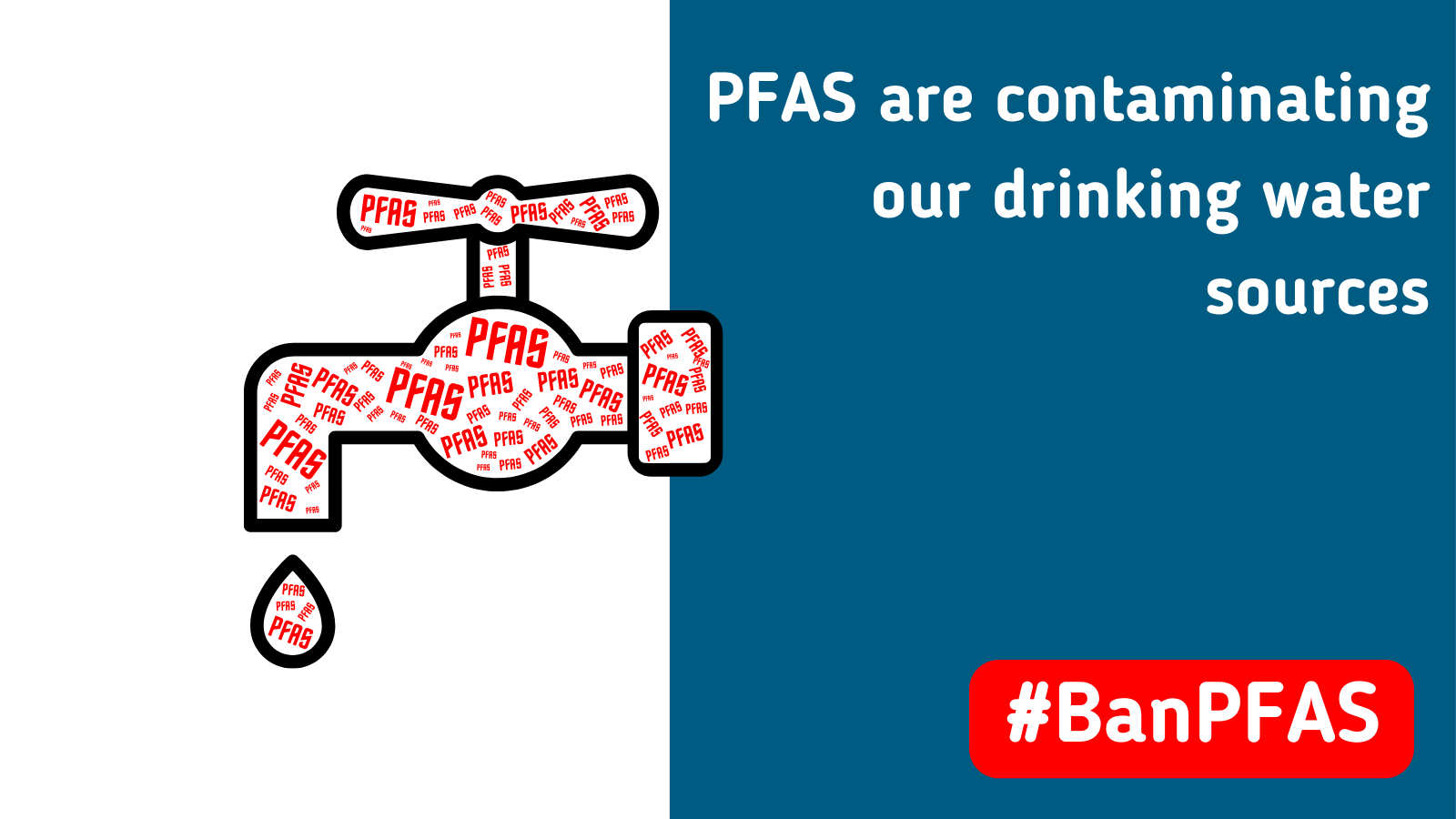
7. PFAS in products create a barrier to the circular economy and a waste problem yet to be solved
It is now widely accepted that moving towards a clean circular economy is part of creating a more sustainable society and addressing the climate crisis. To achieve this, we need to rethink how we use and manage chemicals, avoid locking harmful chemicals into successive product loops, and prevent contamination of otherwise useful waste streams. We know that PFAS already contaminate a range of recycled paper and board products, where they are present as unintentional impurities, unnecessarily exposing the public. In addition, through the agricultural application of contaminated compost and waste paper pulp, PFAS can be taken up by food crops and enter the wider environment. For example:
- Recent product testing found widespread PFAS contamination of paper and board food packaging items not intentionally treated with PFAS[50],[51],[52], suggesting recycled content as a primary source.
- Compostable moulded fibre food packaging has repeatedly been shown to contain high levels of PFAS, with concentrations up to 5 times higher than comparable paper and board products [50],[51],[52].
- If composted as advised, this represents a direct source of PFAS into the environment.
- Paper sludge contaminated with PFAS and spread onto arable land resulted in significant levels of soil and groundwater contamination in the area of Rastatt in Baden-Wuerttemberg, Germany[53]. PFAS were also recorded in crops at levels exceeding those deemed safe for human consumption[54].
In addition, we are yet to find a suitable solution to how to dispose of PFAS waste. PFAS are almost impossible to destroy, even high temperature thermal treatment does not guarantee their full break down[55]. Only some specialised non-combustion technologies seem to offer some hope in fully destroying them[56],[57],[58] . The disposal of PFAS-treated products in municipal incinerators leads to the emission of products of incomplete combustion, including PFAS and long-lived, potent greenhouse gases[59]. Some PFAS also remain in the ash residues, generating further waste contaminated with PFAS[60]. Discarding PFAS-treated consumer products with general household waste, whether to landfill or incineration, ultimately acts as a source of emissions to the environment[61]. The continued production and use of PFAS, without adequate means of disposal, is therefore highly unsustainable.

8. PFAS-free solutions already exist, yet PFAS continue to be added unnecessarily to many consumer products
PFAS are regularly used in a huge range of consumer products, often to provide a function that is either ineffective or unnecessary, or where alternatives already exist. For example:
- According to a survey carried out by environmental charity Fidra, contrary to what industry regularly purports in support of PFAS use in textiles, the use of clothing treated with PFAS-based stain resistance[62] did not impact consumer behaviour, either in terms of washing frequency or garment longevity.
- In 2020, the same food packaging item - a french fries bag from the brand McDonald’s - was bought in three different countries and tested for PFAS[51] . 1 out of the 3 samples did not show any intentional PFAS treatment, clearly demonstrating that PFAS-free alternatives are available on the market. The country where no PFAS treatment was identified was Denmark, where a ban on PFAS in food packaging has been in place since July 2020. This illustrates that regulations are an effective tool to push industry players to find safe replacements.
- In 2021, chemical analysis of cosmetics by the Danish Consumer Council revealed the presence of PFAS in mascara[63] and face cream[64]. In 2022, BUND found intentionally added PFAS in powder, face masks and shampoos of international brands. Another study looking at PFAS-use in cosmetics sold on the US and Canadian markets found PFAS in more than half of the samples tested. However, the study also showed the availability of a wide range of popular cosmetics that met customer expectations without the need for PFAS[65].
- More than 90 companies have joined ChemSec’s Corporate PFAS movement supporting a ban on PFAS. Many of them have already phased out PFAS, demonstrating the availability of alternatives and the possibility to adapt industrial processes. A range of safer alternatives are available for many PFAS uses; some are listed in ChemSec Marketplace and in various sector specific reports, including for textiles[66], food packaging[67][68], and paints[69].
Even when PFAS-free products are available, with little or no requirement for product labelling or publicly available information, consumer choice remains limited. Even within supply chains, awareness of PFAS is low and chemical content often unavailable for the vast majority of products. Clear legislative action and enforcement is therefore essential to reduce public exposure to PFAS and to prevent ongoing environmental contamination.

9. All PFAS must be restricted as one group to protect current and future generations
The extreme persistence of all PFAS and the irreversibility of global PFAS contamination has already created a toxic legacy, the burden of which will be felt for generations to come. Continual release of PFAS leads to increasing levels in the environment and increases the chance of triggering known and unknown adverse effects[70]. The health-related costs of inaction for all EEA countries have been estimated at 52 – 84 billion EUR[16].
We must act now to stop adding to the burden and halt this damage, and the only way is to ban all PFAS as one group.
Relying on chemical-by-chemical approach for the regulation of PFAS cannot be an option:
- From the long-chain carboxylic and sulfonic acids to the ultrashort-chain trifluoroacetic acid and the polymeric PFAS, all PFAS are very persistent or degrade into very persistent PFAS, and contribute to the load of human-made pollutants burdening the environment.
- Piecemeal regulatory approaches to PFAS management implemented so far, both in the EU and abroad, have been inadequate in preventing their release into the environment.
- With 1000s of PFAS compounds identified, and toxicological data available for only a handful of these, it is impossible to perform a full risk assessment for each individual PFAS. Allowing PFAS to continue accumulating in our bodies and the natural environment while we wait potentially decades for research to catch up is not acceptable.
- Fluoropolymers are a group of PFAS plastics including PTFE, better known under one of its trade names Teflon. The chemical industry is arguing that fluoropolymers should not be grouped with other PFAS for regulatory purposes as they present no significant toxicity of concern[71]. However, scientists have shown that from a life cycle perspective, fluoropolymers are intimately linked to the use and emissions of other PFAS[72]. For example, other PFAS can be used as processing aids during fluoropolymers production, or be present as impurities, and there are serious concerns regarding the toxicity of these PFAS on humans and the environment[72].
- These ‘chemical-by-chemical’ approaches have led to the substitution of regulated PFAS with other, similarly problematic, unregulated PFAS. They have created a never-ending cycle of regrettable substitution that has undermined genuine progress towards safe and sustainable alternatives.
The only way to end this never-ending cycle of regrettable substitution, prevent the continual pollution of the environment, and protect current and future generations from the impact of PFAS pollution, is to restrict the entire PFAS group.
Our demands
As European civil society organisations representing public interest across health and environmental constituencies, we urge action on the following demands:
Stop adding to the PFAS pollution burden:
1. We call for the development and implementation of an EU wide restriction on the production and use of all PFAS, to eliminate all unnecessary sources of these harmful chemicals, and to drive production and innovation towards safer and greener alternatives.
a. We call for a phase-out of all PFAS uses in consumer products (e.g. food packaging, cosmetics, clothing) by 2025.
b. And a complete phase-out of PFAS production and use by 2030.
2. We express our strong support for the commitment of Denmark, Germany, Norway, Sweden and the Netherlands to work towards a strong and effective proposal for an EU wide universal PFAS restriction, with the following recommendations:
a. All currently unregulated PFAS, including fluoropolymers, should be covered by the restriction to limit future PFAS emissions as much as possible.
b. Both the production and use of PFAS across sectors should be covered.
c. As few derogations as possible should be granted, that is only for uses that are critical for health, safety and the functioning of society, and for which no alternatives are currently available - so called essential uses.
d. All derogations should be time limited and reviewed regularly to ensure the conditions of the derogation remain valid.
e. Stringent risk-management requirements (including labelling, monitoring and reporting) must be in place for derogated uses to ensure zero-emission to the environment at all stages of the life-cycle.
3. We call on all the EU Member States to fully support the development and implementation of a restriction that can serve as a model for world-wide action.
4. We urge the European Commission to fulfil its commitments under the Chemical Strategy for Sustainability by fully supporting the development of the universal PFAS restriction and adopting it without delay.
5. We call on the Parties to the Stockholm Convention on persistent organic pollutants (POPs) to work for a class-based approach of listing all PFAS for global elimination.
6. We urge companies to commit to phasing out PFAS in their products without waiting for specific regulations to enter into force and to join the ChemSec-led ‘No to PFAS’ corporate movement.
7. We encourage citizens to demand PFAS-free products and spread the word on social media - using the #BanPFAS hashtag - to increase public pressure for a ban of PFAS chemicals.
Address the existing PFAS pollution burden:
8. We urge EU governments to develop a swift and efficient plan for decontaminating soil and drinking water of affected communities and allocate sufficient funds for such remediation projects. The polluter-pays principle must be applied consistently, in particular to guarantee that the burden of cost is borne by the polluters, including the producer, rather than the taxpayer.
9. We urge the EU authorities to adopt waste legislation ensuring the classification of PFAS-containing waste as hazardous and/or POPs waste.That is to avoid PFAS-containing waste being circulated back into the economy and the environment via recycling and other routes such as sewage sludge spreading.
10. We call on EU authorities to review the concentration limits for PFAS in waste within the POPs regulation as soon as possible, and no later than in 5 years. The limits must be lowered to prevent the circulation of legacy PFAS into recycled products or export of PFAS-containing waste to non Member States, including developing countries and countries with economies in transition.
[1] Demonstrating“unacceptable risk” to health or the environment is required to ban chemicals under the main REACH restriction regime (pursuant to Article 68.1 REACH).
[2] OECD, 2018. Toward a new comprehensive global database of per-and polyfluoroalkyl substances (PFASs): summary report on updating the OECD 2007 list of per-and polyfluoroalkyl substances (PFASs). Series on Risk Management No. 39 http://www.oecd.org/officialdocuments/publicdisplaydocumentpdf/?cote=ENV-JM-MONO(2018)7&doclanguage=en
[3]And potentially millions if applying the most recent, 2021 OECD definition.Barnabas, S.J. et al., 2022. Extraction of Chemical Structures from Literature and Patent Documents using Open Access Chemistry Toolkits: A Case Study with PFAS. Digital Discovery. https://doi.org/10.1039/D2DD00019A
[4] UN, 2022. The human right to a clean, healthy and sustainable environment : draft resolution. https://digitallibrary.un.org/record/3982508?ln=en
[5] States’ duty under international human rights law. UN, 2019. A/74/480: Report on States’ duty to prevent exposure. https://www.ohchr.org/en/documents/thematic-reports/a74480-report-states-duty-prevent-exposure
[6]Persson, L. et al., 2022. Outside the Safe Operating Space of the Planetary Boundary for Novel Entities. Environmental Science & Technology. https://doi.org/10.1021/acs.est.1c04158
[7]Ahrens, L. and Bundschuh, M., 2014. Fate and effects of poly‐and perfluoroalkyl substances in the aquatic environment: A review. Environmental toxicology and chemistry, 33(9), pp.1921-1929. https://doi.org/10.1002/etc.2663
[8] Joerss, H. et al., 2019. Emerging per-and polyfluoroalkyl substances (PFASs) in surface water and sediment of the North and Baltic Seas. Science of the total environment, 686, pp.360-369. https://www.sciencedirect.com/science/article/pii/S0048969719324167
[9]Lesmeister, L. et al., 2021. Extending the knowledge about PFAS bioaccumulation factors for agricultural plants–A review. Science of The Total Environment, 766, p.142640. https://doi.org/10.1016/j.scitotenv.2020.142640
[10]EFSA Panel on Contaminants in the Food Chain (EFSA CONTAM Panel), 2020. Risk to human health related to the presence of perfluoroalkyl substances in food. EFSA Journal, 18(9), p.e06223. https://doi.org/10.2903/j.efsa.2020.6223
[11]European Environment Agency, 2017. The Arctic Environment, European perspectives on a changing Arctic, Publication No 7, (accessed 20 January 2022). https://www.eea.europa.eu/publications/the-arctic-environment
[12] Miner, K.R. et al., 2021. Deposition of PFAS ‘forever chemicals’ on Mt. Everest. Science of the Total Environment, 759, p.144421. https://doi.org/10.1016/j.scitotenv.2020.144421
[13] Shan, G. et al., 2021. Occurrence and sources of per-and polyfluoroalkyl substances in the ice-melting lakes of Larsemann Hills, East Antarctica. Science of The Total Environment, 781, p.146747. https://doi.org/10.1016/j.scitotenv.2021.146747
[14] Cousins, I.T. et al., 2022. Outside the Safe Operating Space of a New Planetary Boundary for Per-and Polyfluoroalkyl Substances (PFAS). Environmental Science & Technology, 56, 16, pp.11172–11179. https://doi.org/10.1021/acs.est.2c02765
[15]Aro, R. et al., 2021. Fluorine mass balance analysis of selected environmental samples from Norway. Chemosphere, 283, p. 131200. https://doi.org/10.1016/j.chemosphere.2021.131200
[16]Nordic Council of Ministers, 2019. The cost of inaction: a socioeconomic analysis of environmental and health impacts linked to exposure to PFAS. https://doi.org/10.6027/TN2019-516
[17]HEAL, November 2021. Civil society groups call on Belgian federal government’s involvement to guarantee action to clean up and remediate PFAS pollution around Antwerp, monitor consequences, and guarantee accountability. https://www.env-health.org/civil-society-groups-call-on-belgian-federal-governments-involvement-to-guarantee-action-to-clean-up-and-remediate-pfas-pollution-around-antwerp-monitor-consequences-and-guarantee-accountability/
[18]RIVM, May 2022. PFAS in de Westerschelde: Eet zo min mogelijk zelf gevangen vis. https://www.rivm.nl/nieuws/pfas-in-westerschelde
[19] Générations Futures, May 2022. COMPOSÉS PERFLUORÉS (PFAS) DANS L'ENVIRONNEMENT, des analyses récentes montrent une contamination importante du sol, de l’air et de l’eau en région lyonnaise. 11p. https://www.generations-futures.fr/wp-content/uploads/2022/05/pfas-dans-lenvironnement-6.pdf
[20]BUND, Friends of the Earth Germany, 2021. Fluorochemicals: Persistent, Dangerous, Avoidable. 40p. https://www.bund.net/fileadmin/user_upload_bund/publikationen/chemie/Background_Fluorochemicals_Web_EN.pdf
[21]Zheng, G. et al., 2021. Per- and Polyfluoroalkyl Substances (PFAS) in Breast Milk: Concerning Trends for Current-Use PFAS. Environmental Science & Technology. https://doi.org/10.1021/acs.est.0c06978
[22]Serrano, L. et al., 2021. Concentrations of perfluoroalkyl substances in donor breast milk in Southern Spain and their potential determinants. International Journal of Hygiene and Environmental Health, 236, pp.113796. https://doi.org/10.1016/j.ijheh.2021.113796
[23]Wang, A. et al., 2021. Suspect Screening, Prioritization, and Confirmation of Environmental Chemicals in Maternal-Newborn Pairs from San Francisco. Environ. Sci. Technol., 55, n. 8, pp. 5037–5049. https://doi.org/10.1021/acs.est.0c05984
[24]Mansem, L.S. et al., 2019. Concentrations of perfluoroalkyl substances (PFASs) in human embryonic and fetal organs from first, second, and third trimester pregnancies. Environment International, 124, pp. 482-492. https://doi.org/10.1016/j.envint.2019.01.010
[25] Lozenzo, M. et al., 2016. Perfluoroalkyl substances in break milk, infant formula and baby food Valencian community (Spain). Environmental Nanotechnology, Monitoring & Management, 6, pp. 108-115. https://doi.org/10.1016/j.enmm.2016.09.001
[26] WWF, 2005. Generations X. Results of WWF’s European Family Biomonitoring Survey. https://chemtrust.org/wp-content/uploads/Generationsx_wwf_2005.pdf
[27]Dereumeaux C. et al., 2017. Imprégnation des femmes enceintes par les polluants de l’environnement en France en 2011. Volet périnatal du programme national de biosurveillance mis en œuvre au sein de la cohorte Elfe. Tome 3 : synthèse et conclusions Santé publique France. https://www.santepubliquefrance.fr/docs/impregnation-des-femmes-enceintes-par-les-polluants-de-l-environnement-en-france-en-2011-tome-3-synthese-et-conclusions
[28] Duffek, A. et al., 2020. Per- and polyfluoroalkyl substances in blood plasma – Results of the German Environmental Survey for children and adolescents 2014-2017. International Journal of Hygiene and Environmental Health, 228, p.113549. https://doi.org/10.1016/j.ijheh.2020.113549
[29] RIVM, June 2021. Te veel blootstelling aan PFAS in Nederland. https://www.rivm.nl/nieuws/te-veel-blootstelling-aan-pfas-in-nederland
[30]HBM4EU, April 2022. HBM4EU Newspaper. https://www.hbm4eu.eu/wp-content/uploads/2022/05/HBM4EU-Newspaper.pdf
[32] Wang, Z. et al., 2016. Comparative assessment of the environment hazards and exposure to perfluoroalkyl phosphonic and phosphinic acids’ (PFPAs and PFPiAS) current knowledge, gaps, challenges and research needs. Environment international, 89, pp.235-247. https://doi.org/10.1016/j.envint.2016.01.023
[33]European Environment Agency, 2019.Emerging Chemical risks in Europe ‘PFAS’. https://www.eea.europa.eu/publications/emerging-chemical-risks-in-europe
[34] Abraham, K. et al., 2020. Internal exposure to perfluoroalkyl substances (PFASs) and biological markers in 101 healthy 1-year-old children: Associations between levels of perfluorooctanoic acid (PFOA) and vaccine response. Archives of toxicology, 94(6), pp.2131-2147. https://doi.org/10.1007/s00204-020-02715-4
[35]Skogheim, T.S. et al., 2021. Prenatal exposure to per-and polyfluoroalkyl substances (PFAS) and associations with attention-deficit/hyperactivity disorder and autism spectrum disorder in children. Environmental Research, 202, p.111692. https://doi.org/10.1016/j.envres.2021.111692
[36]WHO, 2014. Identification of risks from exposure to Endocrine-Disrupting Chemicals at the country level. https://www.euro.who.int/__data/assets/pdf_file/0008/245744/Identification-of-risks-from-exposure-to-ENDOCRINE-DISRUPTING-CHEMICALS-at-the-country-level.pdf
[37] PF, December 2021. EPA Releases Draft Health-Based Levels for PFAS in Drinking Water. https://www.pfonline.com/news/epa-releases-draft-health-based-levels-for-pfas-in-drinking-water
[38] EPA, October 2021. Fact Sheet: Human Health Toxicity Assessment for GenX Chemicals. https://www.epa.gov/system/files/documents/2021-10/genx-final-tox-assessment-general_factsheet-2021.pdf
[39]Groh, K. et al., 2022. Anthropogenic Chemicals As Underestimated Drivers of Biodiversity Loss: Scientific and Societal Implications. Environmental science & technology. https://doi.org/10.1021/acs.est.1c08399
[40] Kunar, E. et al, 2021. Distribution of perfluoroalkyl acids in fish species from the Baltic Sea and freshwaters in Finland. Chemosphere, 291, p.132688. https://doi.org/10.1016/j.chemosphere.2021.132688
[41]Lopez-Antia, A. et al., 2017. High levels of PFOS in eggs of three bird species in the neighbourhood of a fluoro-chemical plant. Ecotoxicology and environmental safety, 139, pp.165-171. https://doi.org/10.1016/j.ecoenv.2017.01.040
[42] Androulakakis, A. et al., 2022. Determination of 56 per-and polyfluoroalkyl substances in top predators and their prey from Northern Europe by LC-MS/MS. Chemosphere, 287, p.131775. https://doi.org/10.1016/j.chemosphere.2021.131775
[43] Fair, P.A. and Houde, M., 2018. Poly-and perfluoroalkyl substances in marine mammals. In Marine Mammal Ecotoxicology (pp. 117-145). Academic Press. https://doi.org/10.1016/B978-0-12-812144-3.00005-X
[44] Sebastiano, M. et al., 2021. High levels of fluoroalkyl substances and potential disruption of thyroid hormones in three gull species from South Western France. Science of The Total Environment, 765, p.144611. https://doi.org/10.1016/j.scitotenv.2020.144611
[45] Lee, J.W. et al., 2020. Adverse effects of perfluoroalkyl acids on fish and other aquatic organisms: A review. Science of the Total Environment, 707, p.135334. https://doi.org/10.1016/j.scitotenv.2019.135334
[46] Sonter, C.A. et al., 2021. Biological and behavioral responses of European honey bee (Apis mellifera) colonies to perfluorooctane sulfonate exposure. Integrated Environmental Assessment and Management. https://doi.org/10.1002/ieam.4421
[47] EurEau, 2022. EurEau position paper on PFAS in the urban water cycle. https://www.eureau.org/resources/position-papers/6094-position-paper-on-pfas-in-urban-water-dec-2021-update/file
[48] Munoz, G. et al., 2021. Target and Nontarget Screening of PFAS in Biosolids, Composts, and Other Organic Waste Products for Land Application in France. Environmental Science & Technology. https://doi.org/10.1021/acs.est.1c03697
[49]Semerád, J. et al. 2020. Screening for 32 per-and polyfluoroalkyl substances (PFAS) including GenX in sludges from 43 WWTPs located in the Czech Republic - Evaluation of potential accumulation in vegetables after application of biosolids. Chemosphere, 261, 128018. https://doi.org/10.1016/j.chemosphere.2020.128018
[50] Dinsmore, K. J., 2020. Forever chemicals in the food aisle: PFAS content of UK supermarket and takeaway food packaging, Fidra. https://www.pfasfree.org.uk/wp-content/uploads/Forever-Chemicals-in-the-Food-Aisle-Fidra-2020-.pdf
[51] Straková, J. et al., 2021. Throwaway Packaging, Forever Chemicals: European wide survey of PFAS in disposable food packaging and tableware. 54 p. https://arnika.org/en/publications/throwaway-packaging-forever-chemicals-european-wide-survey-of-pfas-in-disposable-food-packaging-and-tableware
[52] BEUC, 2021. Towards safe and sustainable food packaging. European consumer organisations call for action on single-use tableware made of alternatives to plastic. 14p. https://www.beuc.eu/publications/beuc-x-2021-050_towards_safe_and_sustainable_fcm._report.pdf
[53] Röhler, K., Haluska, A.A., Susset, B., Liu, B. and Grathwohl, P., 2021. Long-term behavior of PFAS in contaminated agricultural soils in Germany. Journal of Contaminant Hydrology, 241, p.103812. https://doi.org/10.1016/j.jconhyd.2021.103812
[54] Brendel, S.et al., 2018. Short-chain perfluoroalkyl acids: environmental concerns and a regulatory strategy under REACH. Environmental Science Europe, 30 (9). https://doi.org/10.1186/s12302-018-0134-4.
[55] EPA, 2020. Interim Guidance on Destroying and Disposing of Certain PFAS and PFAS-Containing Materials That Are Not Consumer Products. https://www.epa.gov/pfas/interim-guidance-destroying-and-disposing-certain-pfas-and-pfas-containing-materials-are-not
[56]Krause, M.J. et al., 2022. Supercritical water oxidation as an innovative technology for PFAS destruction. Journal of Environmental Engineering, 148(2), p.05021006. https://ascelibrary.org/doi/10.1061/%28ASCE%29EE.1943-7870.0001957
[57] IPEN, 2021. Non-Combustion Technology for POPs waste destruction. Replacing incineration with clean technology. https://ipen.org/documents/non-combustion-technology-pops-waste-destruction
[58] Trang, B. et al., 2022. Low-temperature mineralization of perfluorocarboxylic acids. Science, 377(6608), pp.839-845. https://doi.org/10.1126/science.abm8868
[59]Huber, S. et al., 2009. Emissions from incineration of fluoropolymer materials. A literature survey. NILU OR. https://hdl.handle.net/11250/2718679
[60]Wohlin, D., 2020. Analysis of PFAS in ash from incineration facilities from Sweden. https://www.diva-portal.org/smash/record.jsf?pid=diva2%3A1473805&dswid=-8344
[61] Stoiber, T. et al., 2020. Disposal of products and materials containing per-and polyfluoroalkyl substances (PFAS): A cyclical problem. Chemosphere, 260, p.127659. https://doi.org/10.1016/j.chemosphere.2020.127659
[62] Dinsmore, K. J., 2018. Are the potential environmental gains from stain resistant finishes negated by consumer behaviour?, Fidra. https://www.pfasfree.org.uk/current-initiatives/school-uniforms
[63] Forbrukerrådet taenk, 2021. Test of chemicals in mascara. https://taenk.dk/kemi/english/test-chemicals-mascara
[64] Forbrukerrådet taenk, 2021. Test of chemicals in face cream. https://taenk.dk/kemi/english/test-chemicals-face-creams
[65] Whitehead, H.D. et al., 2021. Fluorinated Compounds in North American Cosmetics. Environmental Science & Technology Letters. https://doi.org/10.1021/acs.estlett.1c00240
[66] DTSC, 2022. Potential Alternatives to PFASs in Treatments for Converted Textiles or Leathers. https://dtsc.ca.gov/wp-content/uploads/sites/31/2022/05/Public-PFAS-Treatments-Alternatives-Summary_accessible.pdf
[67] OECD, 2020. PFASs and Alternatives in Food Packaging (Paper and Paperboard). Report on the Commercial Availability and Current Uses. OECD Series on Risk Management, No. 58, Environment, Health and Safety, Environment Directorate, OECD. https://www.oecd.org/chemicalsafety/portal-perfluorinated-chemicals/PFASs-and-alternatives-in-food-packaging-paper-and-paperboard.pdf
[68] Washington State Department of Ecology, 2021. Per- and Polyfluoroalkyl Substances in Food Packaging Alternatives Assessment. https://apps.ecology.wa.gov/publications/documents/2104004.pdf
[69] OECD, 2022. Per- and Polyfluoroalkyl Substances and Alternatives in Coatings, Paints and Varnishes (CPVs), Report on the Commercial Availability and Current Uses. OECD Series on Risk Management, No. 70, Environment, Health and Safety, Environment Directorate, OECD. https://www.oecd.org/chemicalsafety/portal-perfluorinated-chemicals/per-and-polyfluoroalkyl-substances-alternatives-in-coatings-paints-varnishes.pdf
[70]Cousins, I.T. et al., 2019. Why is high persistence alone a major cause of concern?. Environmental Science: Processes & Impacts, 21(5), pp.781-792. https://doi.org/10.1039/C8EM00515J
[71]Chemical Watch, October 2021. Industry study: Exclude fluoropolymers from PFAS restriction, update waste regulations instead. https://chemicalwatch.com/352994/industry-study-exclude-fluoropolymers-from-pfas-restriction-update-waste-regulations-instead
[72]Lohmann, R. et al., 2020. Are fluoropolymers really of low concern for human and environmental health and separate from other PFAS?. Environmental Science & Technology, 54(20), pp.12820-12828. https://doi.org/10.1021/acs.est.0c03244







